

6 REASONS
LANDSCAPE CONTRACTORS FAIL (AND HOW TO AVOID THEM)
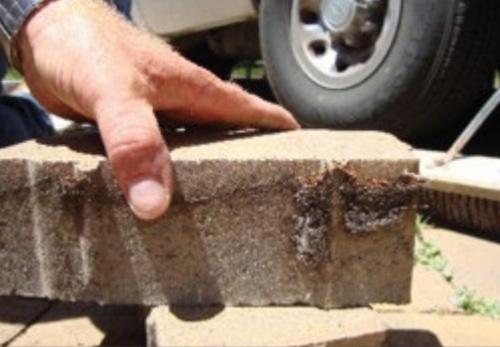

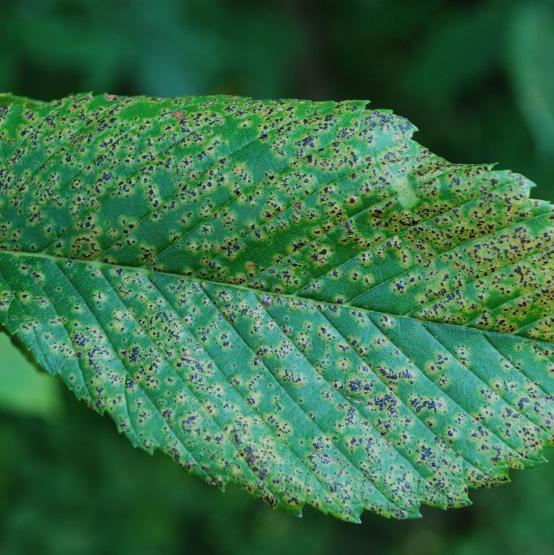
MANAGING LEAF SPOT TAKING GREAT PHOTOS LIVE CHAT FOR YOUR WEBSITE Fall 2021
PAVER MAINTENANCE The Official Publication of the New Jersey Landscape Contractors Association







President’s Message
Letter from the Editor
The Buzz
Better Pest Scouting and Management Via Free Online Tools
Xeriscaping - Not Just for the West
The Most Overlooked Source of Added Revenue
5 Reasons to Consider Synthetic Turf in Your Projects
Landscape AlterNATIVES: Purple Coneflower (Echinacea Purpurea)
My Connection to the Four Laws of Ecology
Turf Talk
List of Advertisers
Take Great Photographs for Landscape Design Companies
Trending - Foodscaping
No Mutual Mystification
Tales from the Landscape Side
Fall: Not Just for Pumpkin Flavored Coffee
Hiring “Independent Contractors” vs. Employees
Adding Live Chat to Your Website
Contractor Focus: Brian Anthony Landscaping
Associate Focus: Barton Nursery
New Members
Managing Leaf Spot Disease in the Landscape
Don’t Run Away from Permeable Paver Maintenance Questions
DRAINage on the BRAINage
Top 10 Reasons Landscape
Contractors Fail
Blower Bans - Are we making them happen?
2021 NJLCA Service Project: Lyndhurst 9/11 Memorial
Published

New Jersey Landscape Contractors Association
465 Mola Blvd, Ste. 4, Elmwood Park, NJ 07407
Phone | 201-703-3600 -- Fax | 201-703-3776
E-mail | info@njlca.org
Visit our website at www.NJLCA.org
Publisher/Editor: Gail E. Woolcott
Contributing Writers
Pete Baloglou | Joe Bolognese | Greg Carpenter | Chad Diller | Barry Draycott | Bill Errickson | Richard Gaynor | Richard Goldstein | Jud Griggs | Paula Korinko | Nicole Marsiglia | Dan Moreland | Brian Oleksak | Monroe Porter | John Raffiani | Nick Tristani | Timothy Waller | Gail Woolcott | Danny Wood | Steven Yergeau
NJLCA Combined Board
President | Richard Goldstein, CLT
Vice President | Greg Carpenter, CLT
Treasurer | Wade Slover
Chairman of the Board | Justin Flatow, CLT
Director | Richard Andreu
Director | Jeff Baker
Director | George Futterknecht, CLT
Director | Scott Hild, CLT
Director | Shawn Kukol
Associate Director | Joe Bolognese
Associate Director | David Gaynor
Advisor | Dr. Bruce Clarke, Rutgers University
Advisor | Dr. Steve Fischer, Bergen Comm. College
Advisor | Dr. James Murphy, Rutgers University
The New Jersey Landscape Contractor magazine is published triennially. 600 print copies are distributed to members and over 4,000 digital issues are sent to
www.NJLCA.org Table of Contents
By The New Jersey Landscape Contractor magazine is the official publication of the New Jersey Landscape Contractors Association, dedicated to the professional landscape industry of New Jersey. NJLCA was founded in 1966 as the Bergen County Landscape Contractors Association, and is today comprised of over 550 member
throughout
companies
New Jersey.
governmental
Subscription
per
copy. New Jersey residents
please add 7% sales tax. To advertise in The New Jersey Landscape Contractor, please contact Gail Woolcott at (201) 703-3600 or e-mail gwoolcott@njlca.org. Article and photo submissions are encouraged and may be sent to NJLCA at the above address. Publisher assumes no responsibility for safekeeping or return of photos or manuscripts, and reserves all rights to edit material submitted for publication. © 2021 New Jersey Landscape Contractors Association. All rights reserved. The contents of this publication may not be reproduced by any means, in whole or in part, without the prior written consent of the publisher. The opinions expressed in articles do not necessarily represent the opinions of the NJLCA. PUBLISHED September 2021 Cover Photo: Monello Landscape Industries 4 4 5 7 9 14 17 19 20 23 25 27 30 33 35 37 40 42 46 47 49 50 52 53 54 56 58 3
professionals in the Green Industry of New Jersey, as well as educational and
institutions.
rates: $45.00
year; $15.00 per
only,
Photo courtesy of Exclusive Stoneworks

INFLATION AND NEW REGULATIONS COMING YOUR WAY
While everyone thinks it’s easy to own a business and be your own boss, the difficulties of doing so are clearly a tremendous commitment, responsibility and challenge.
Taking all the risk, business owners also get the rewards, but how on earth can we even profit in a market such as this?
Over the past few years, we have seen many changes in the service sector, such as labor issues, changes in payroll requirements and now the NJ Secure Choice Savings Program Act.
Before I even get into this latest regulation, we should talk about the mandatory sick leave act. This law that has now been in effect for two years and allows employees to accumulate one hour of sick pay for every thirty hours worked, with a cap of forty hours in a calendar year. Furthermore, employees can carry up to forty hours of sick pay into the next calendar year from the prior year or even a prior employer with proof of availability. What does this all mean to employers? It means you just added an
Coming Events
October 1-2 - Northeast Green Industry Showcase - Hunterdon County Fairgrounds - Lambertville, NJ
October 12th - NJLCA Golf Classic at Farmstead Golf & Country Club
October 14th - Membership Meeting at Bobcat (Annual Snow Meeting)
December 1st - Holiday Gala and Achievement Awards Dinner
Landscape Achievement Award entries are due November 1st!
President’s Message
entire week of payroll to your overhead, even though we are seasonal.
Now we have The NJ Secure Choice Savings Act. This act allows employees to save for retirement, which is a good thing. But as an employer, although you are not required to match contributions, you ARE required to make payments to the fund on behalf of your employees. Unless employees proactively opt-out, they will be automatically enrolled and contribute 3% of pre-tax income into the Secure Choice Savings Program through a payroll deduction. Failure to submit forms requires the employer to automatically make deductions from employees’ paychecks to contribute.
As the law is written, employers have 24 months to establish a plan and make the initial offering to employees. Failure to do so comes with some hefty fines. For the first year, its just a warning. The second year, the fine would be $100 per employee. The third and fourth years will cost employers $250 for each employee and the fifth year, $500 for each employee.
What about the labor shortages? In 40 years of landscaping, I have never experienced such scarcity of available employees. Everywhere I go, be it a restaurant, a clothing store or a landscape company, we are all looking for help. This shortage has created a monster in the work force, with pay demands exceeding reasonable and customary for the industry, in turn causing tremendous inflation everywhere.
While I want to believe that there is an end in sight, I am afraid that there isn’t. What COVID-19 has done to his world is change the way we look at work and how it can be achieved. Large corporations that leased sizable office space are vacating this space and reaping the benefits of substantial overhead savings by having their employees work from home. Those people who work from home now have a close eye on the service sector, making it impossible to perform our services. Because of this, blower bans are coming out left and right because they complain the noise is too loud for them to work.
It’s a lot to absorb and understand. So, what can you do? Proper planning and budgeting will help you run a successful company. Understanding all the costs associated with your business is a must! Making sure your employees know what’s available to them and promoting this to them could help the labor issue. Going above and beyond to make sure you’re a good employer will go a long way with all your employees and guarantee running a successful company.
As a friend always tells me “Heavy is the head that wears the crown”, so wear that crown proudly, work smart, understand your business, and support your employees. This will always be a recipe for success!
Sincerely,
 Richard Goldstein, President
Richard Goldstein, President
Letter from the Editor
Welcome to the latest issue of The New Jersey Landscape Contractor magazine.
NJLCA is so excited to be hosting the first green industry trade show in NJ since COVID hit and the Northeast Green Industry Showcase is certain to be a hit. It is outdoors and in open air pavilions and we have an entire demo area where you can try out and play on all of the equipment being displayed. Plus we’ll have a live band, food trucks, education and more! Check out www.ngis-nj. com for all of the latest information!

This issue is chock full of great information that you can put to use right away! Plus, take a look at the most recent service project NJLCA members have accomplished. We’d like to thank our advertisers for allowing us to be able to put together such a great source of information to all of you.
Have a great autumn and thank you all for your continued support.
Gail Woolcott, Executive Director
Fall 2021 4
The buzz
In Memoriam
Vincent Paul Lipani, born July 19, 1940, passed away peacefully with his family at his side on his 81st birthday, July 19, 2021.
Vince was born in Brooklyn, New York, son of John and Anna Lipani. They soon moved to North Plainfield, NJ with his two brothers John and Paul. He attended North Plainfield H.S. serving as the Senior Class President then graduating from Gettysburg College in 1962 with a degree in Biology.
After a two-year US Army enlistment, he became a successful sales associate with the Weyerhaeuser Company in Florida, transferring to the Brooklyn, N.Y. branch in 1969.
Deciding to become self-employed, he purchased property in Hillsborough in March 1970 and established Central Jersey Nurseries. It is there Vince began making his impact on the town he loved. He will be well remembered for his 50-

year influence on his young employees, teaching them the value of integrity, accountability, and hard work. Many have returned to thank him for instilling these values.
Central Jersey Nurseries is a family-owned and operated business located on a 20acre site in Hillsborough, NJ. Over forty years ago, Vincent began the business as growers, and designers/installers of residential landscape projects. Over the first decade of existence, his company evolved into the commercial landscape market, and now boasts over 30 years of experience in commercial landscaping. Along with acres of plant material, they now carry a complete line of decorative natural and concrete products, hardscape products, lawn and garden equipment, bulk material, hardware,Christmas Trees, wreaths, garland, snow removal equipment, and firewood.
Vince was a life-long sports participant and fan. He enjoyed watching his N.J.
Devils, N.Y. Giants, and Mets regardless of their performance. He was an avid golfer and skier and was always at home on the slopes of Colorado. His love of sports was surpassed only by his love of duct tape and its infinite uses.

Vince was a member of the Hillsborough Reformed Church, The Rotary Club of America and served as Chairman of the Hillsborough Board of Adjustment.
He is survived by his wife Barbara, sons Shawn, Todd, and Troy along with their wives Tara, Tamayra, Maria, and five grandchildren.






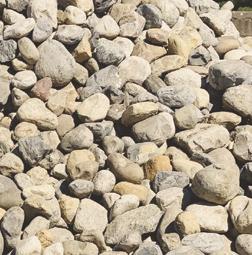






























www.NJLCA.org







Friday and Saturday
October 1-2, 2021
Hunterdon County Fairgrounds
1207 County Route 179 (Just off US Route 202)
Landscape Supplies
Hardscape Materials
Power Equipment
Nursery Stock
Snow & Ice Products
Aquascape Supplies
Irrigation Supplies
Arborist Supplies
Software/Technology
Outdoor Living
Equipment Demos
Food Trucks
Educational Opportunities
Live Music
Multi-State Attendees
Destination Location
Exhibitor Space Still
Available...Call Now! (201) 321-5111
*Attendance at this event will be to the level permitted under New Jersey Executive Orders in effect at the time of the show. Currently there are no limits to the number of attendees. Additionally, all participants must adhere to all CDC and state guidelines regarding COVID-19.
education fund
by:
Lambertville, NJ 08530 Not just a Trade Show...an Experience www.NGIS-NJ.com
Produced
™ 501(c)3

Have you ever wanted to know what pests could be in the landscape at any given time, what to tell your employees to keep an eye out for, or even what chemicals you should have on deck? How about knowing when a contact material should be used over a systemic or what time of year to really focus or initiate sprays on high value plantings when it comes to serious pests and diseases?
If the answer is yes to any of these, keep reading. There are numerous free online tools available to anyone navigating constantly evolving pest mitigation efforts… i.e., all of us, not just farmers. Yes, many of these tools are geared towards nurserymen, however both professions experience the same pests, plants, and negative outcomes if mitigation efforts are not optimized. Rutgers recently added two new ornamental agents to their team who have been utilizing the Rutgers Plant
Better Pest Scouting and Management via FREE online tools
by Timothy J. Waller, Rutgers Cooperative Extension – Nursery Agent - Cumberland County
and Pest Advisory (PPA) to deliver timely recommendations on pest scouting timeframes (using growing degree-days), IPM insights, material selection, new/invasive pest alerts, credit-bearing educational meetings, detailed background information on common nuisances, and much more. Signing up is free and through this advisory there are links to many other free online pest management tools.
Insect development, and therefor scouting and optimized treatments, are tracked and predicted via degree-days (accumulated heating units which can be considered Nature’s calendar). The PPA pest scouting guides found online utilize USPest.org models to help professionals understand when specific pests should be on your radar locally, as this differs greatly across the region.
This free resource also contains the Boxwood Blight Risk Model and many
other specific models that help producers and landscape professionals alike know when to protect and prioritize their high value plantings. Led by Cornell University, NEWA.Cornell.edu, utilizes climatic monitoring throughout the Northeast to give valuable insight on when to expect various pests and disease. If you are looking for a one-stop-shop for local issues or information on how to best utilize these tools head over and sign up for the PPA today (https://plant-pest-advisory.rutgers. edu/category/landscape-nursery-turf/).
Tim Waller holds a PhD in phytopathology from the Plant Biology Department at Rutgers University, New Brunswick. His research has focused on floral stimulation of blueberry and cranberry pathogens and baseline data on how pathogens synchronize to their hosts, incorporating his findings into improved disease management. Since January 1, 2020, Tim serves as the Rutgers Cooperative Extension Nursery Agent in Cumberland County.
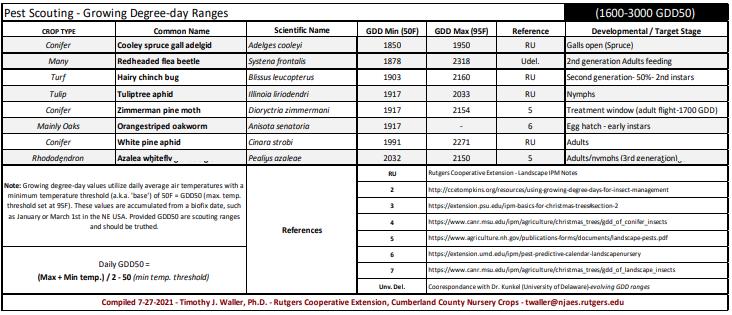
www.NJLCA.org 7
for
A sampling of the Pest Scouting Guide
August

















8
Xeriscaping – Not Just for the West
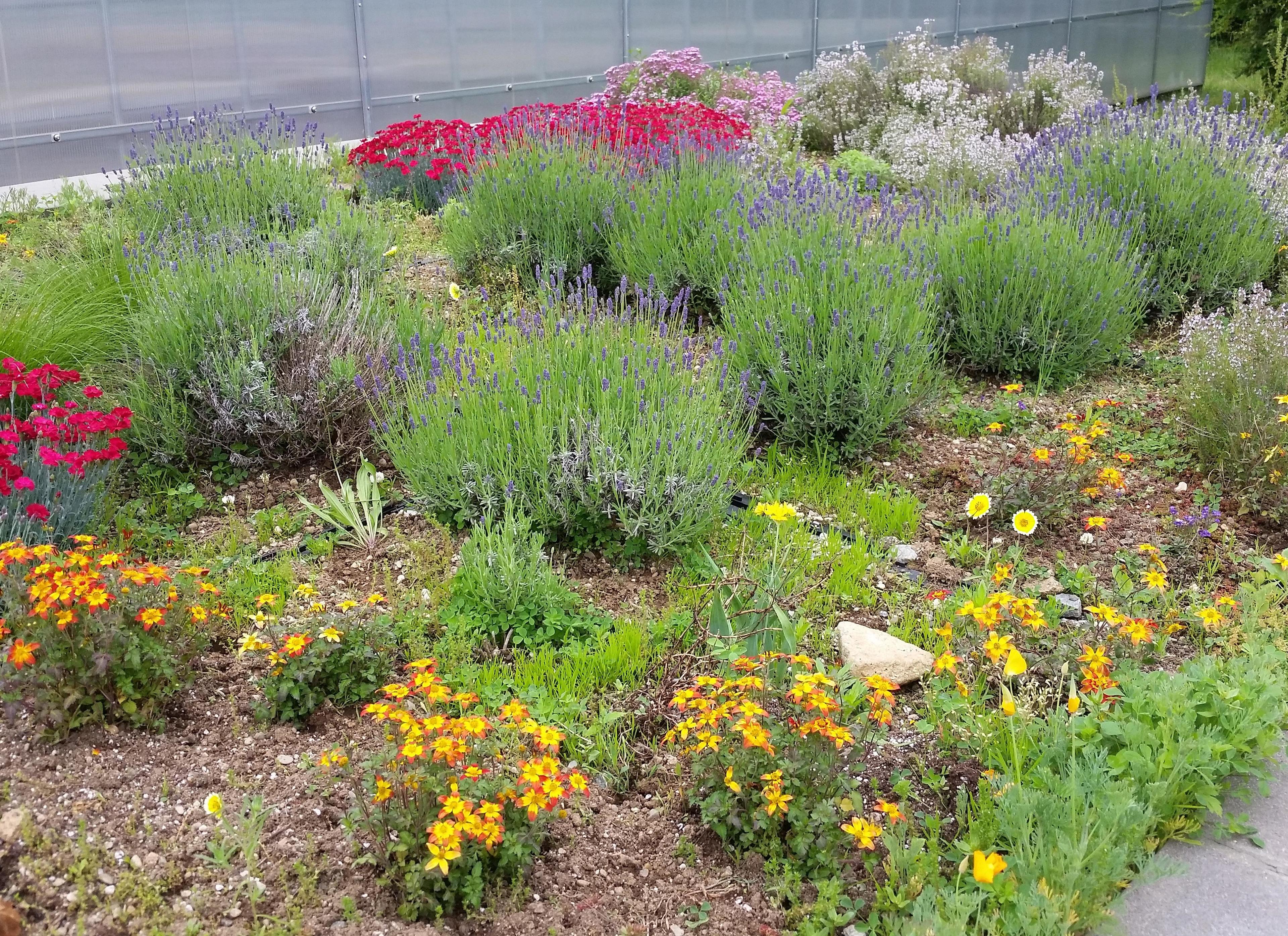 by Brian A. Oleksak, The County College of Morris
by Brian A. Oleksak, The County College of Morris
Origins
Xeriscaping, as a design trend, had its origins in the 1980’s in the Rocky Mountain states in response to new homeowners migrating from the East Coast who moved west bringing with them their perspectives on residential landscape
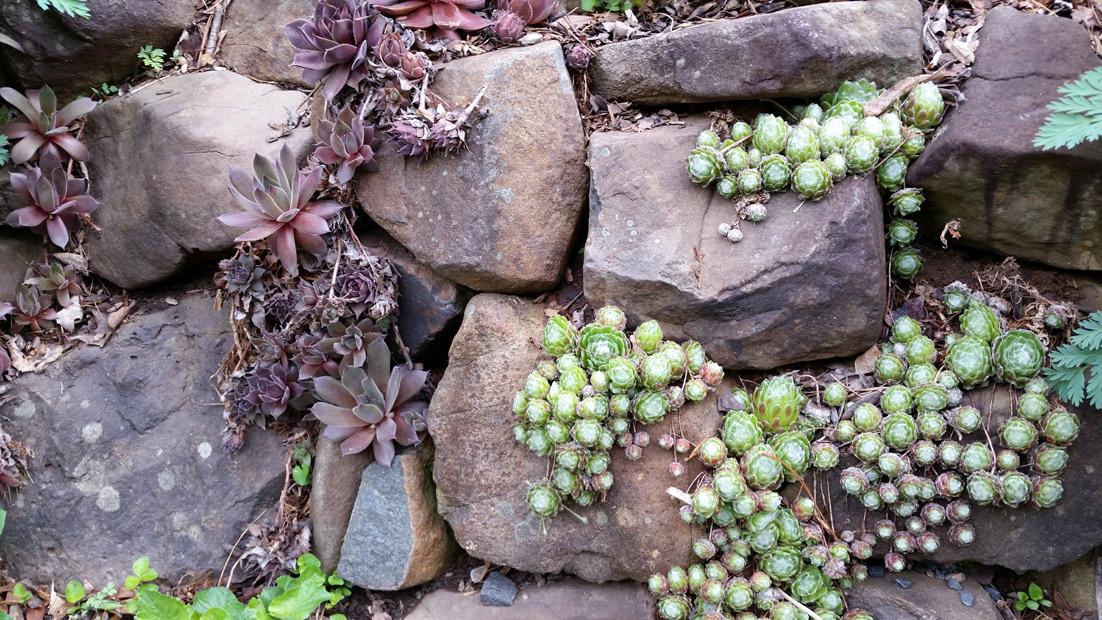
practices, complete with lush lawns and gardens requiring substantial amounts of water. Since these water-intensive practices were not sustainable in a more arid climate, horticulturists and designers introduced xeriscaping into the public’s lexicon to inform them on how to garden with water conservation in mind. Xeriscaping is a design approach which attempts to appropriately match the plant selections with their environment with the ultimate goal of conserving water resources.
Best Practices
While there are not specific rules for xeriscaping there are practices that can be incorporated into
the design stage that will promote the conservation of water resources. The establishment of hydrozones within a plan is a good first step. Hydrozones are areas designated as high, moderate and low water use within the overall plan. High water use areas allow for annuals and vegetable production and are generally sited near the house or on a deck or patio. Areas designated for less water usually radiate out from this point with the farthest reaches of the property designated as only rain-fed areas. To conserve water, it is recommended to reduce turf areas. Consider those areas where turf is practical and necessary and eliminate those areas where it is typically a maintenance problem (hillsides, under trees, in areas of rock outcroppings). Coolseason turf species require significant water in the summer to keep them from going brown. For parts of the landscape where supplemental irrigation is used it
www.NJLCA.org 9
A colorful xeriscape which includes lavender, dianthus, coreopsis, soapwort and California poppy. (Photo courtesy of Brian Oleksak)
The sculptural quality of Sempervivum compliments this rock wall at Leonard Buck Garden in Far Hills, New Jersey (Photo courtesy of Brian Oleksak)



As always, MANTS MEANS BUSINESS. It is the one show where buyers know that they can find all the plants, products, and services their business needs. Exhibitors can count on meeting a steady stream of well-qualified current and new customers. And when the business day is over, Baltimore’s Inner Harbor area offers a wide variety of hotels, restaurants, and attractions. So make your plans now to attend MANTS.



mants.com P.O. Box 818 • Brooklandville, MD 21022 410-296-6959 • fax 410-296-8288 @mantsbaltimore #mants2022 and #mantsbaltimore Business to Business • Face to Face Means business MANTS® 2022 January 5-7 Baltimore Convention Center the masterpiece of trade shows™ On-line Registration is available 24/7 beginning October 1.
is best to water deeply, but infrequently. Frequent shallow irrigation trains plant roots to live near the soil surface, thus making them less resistant to drought conditions. Regardless of whether you are incorporating drought resistant practices into your plan, the addition of organic matter is a practice that should always occur, both at planting time and as a seasonal practice included with your cleanups. According to researchers at Michigan State University an increase in soil organic matter by just one percent can hold an additional 1.5 quarts of plant available water per cubic foot of soil.* Since organic matter breaks down over time you should have a plan for incorporating it periodically. Even simple tasks of adding compost to beds in your spring cleanups will greatly increase water holding capacity and maintain a healthy soil ecosystem.
In talking to the public about xeriscaping, I have found it can be a tough sell since many residents immediately visualize the sparse, barren landscapes of Arizona as representative of what a xeriscape looks like. I have reassured the doubters that a well-designed xeriscape will include colorful shrubs, perennials, bulbs and grasses that provide an attractive landscape that may actually be easier to maintain.
Plant Selection
The plants’ anatomical parts that make them drought resistant fre -
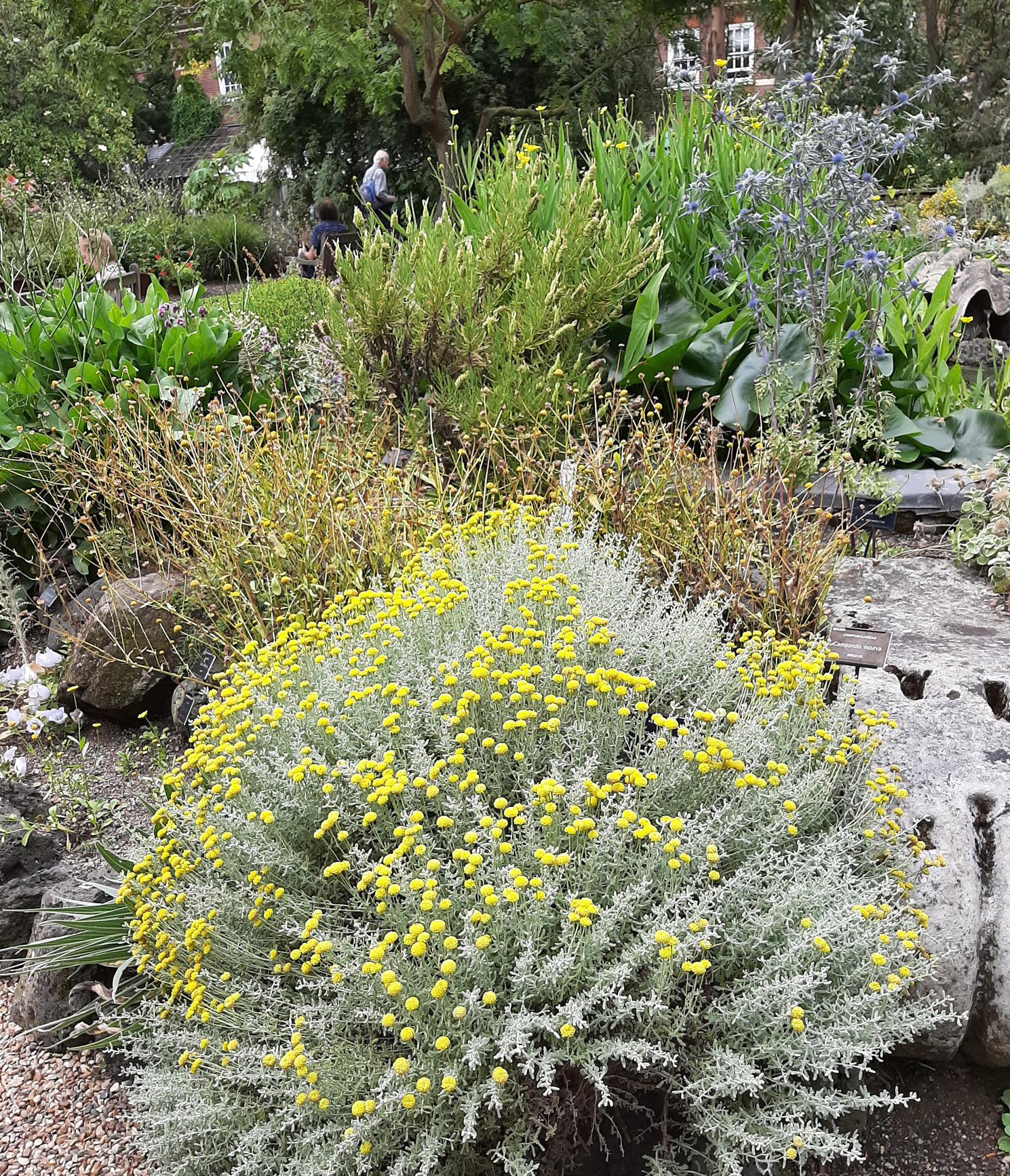
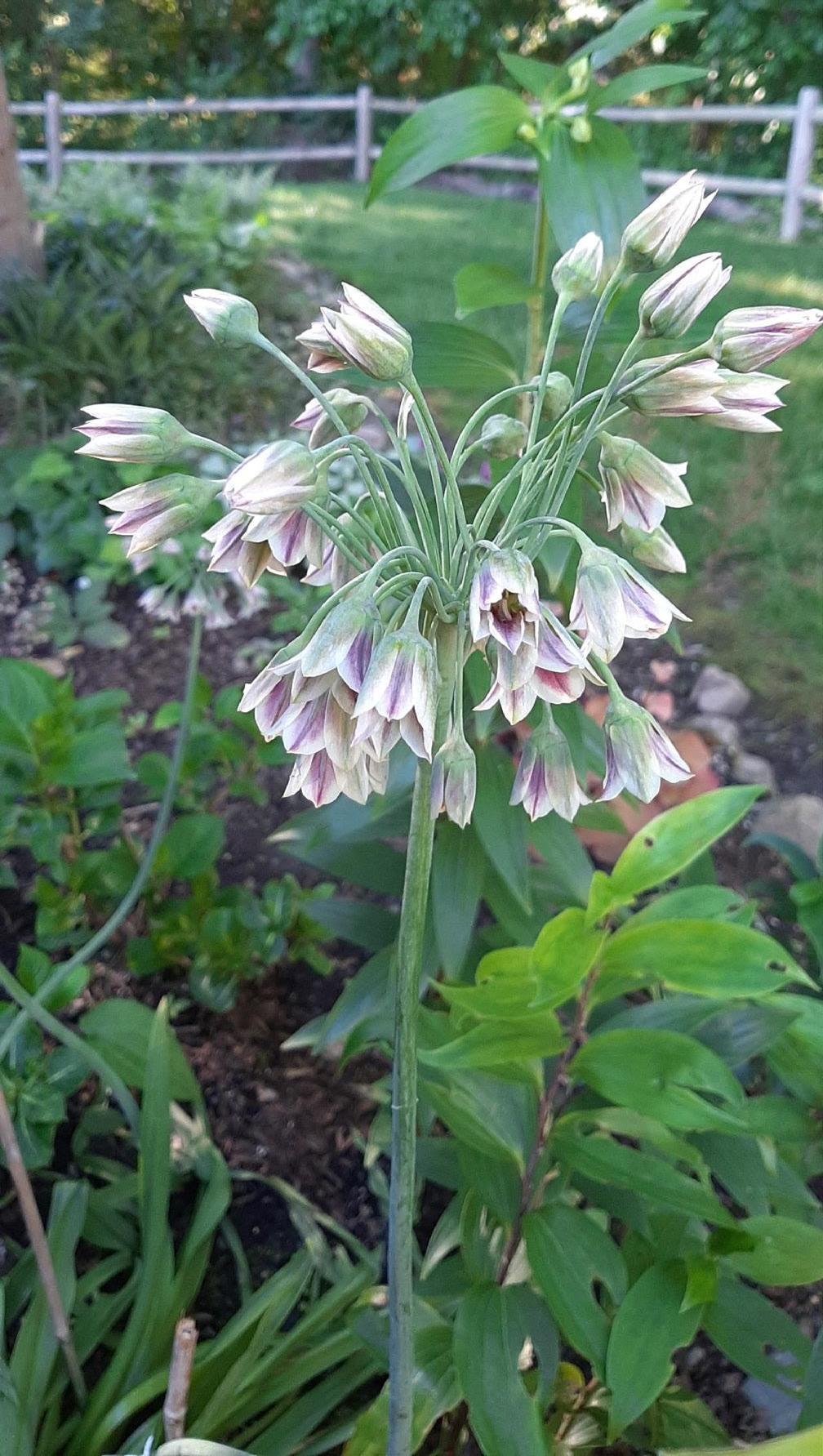
quently double as an attractive aesthetic feature that can be highlighted in a wellcrafted design. Shrubs such as fragrant sumac, glossy abelia and various cotoneasters have a thick waxy cuticle on their leaves to lock in the moisture. This feature gives them a shiny appearance that glistens in the shrub border. Many plants of Mediterranean origin bear trichomes, which are hairs, scales or bristles that trap moisture and shield the leaf surface from intense sun. Examples of these plants include lavender, santolina, stachys and many species of salvia. For designers these species provide opportunities for textural contrast against other plants. Even when they are not in flower these plants give the garden a stately and enchanting look. Bulbs are the quintessential xeriscape selections since they operate as “drought avoiders”.
www.NJLCA.org 11
Bulgarian onion is an exotic looking, but easy to grow bulb for xeriscapes. (Photo courtesy of Brian Oleksak)
Silver-leaved Mediterranean plants thrive in a dry gravel garden in London, UK (Photo courtesy of Brian Oleksak)

We often associate bulbous plant species with the Netherlands, but the true origin story of many of these plants goes back to Central Asia where dry periods are part of the ecosystem. The bulbs are able to make their show then withstand the dry period by directing the moisture into the underground leaf bases of the bulb. Using bulb plants in a xeriscape allow you to add bursts of color by layering them with groundcovers and placing them throughout perennial borders. Succulent plants similarly evolved leaves and stems that store water for prolonged periods and are the species which most people think of when considering water conservation plantings. Sedums, sempervivum and delosperma thrive with little to no care provided that the site is sunny and well-
drained. Their fleshy, chunky forms provide visual interest and blend well with stone and hardscape features.
Warm season grasses have their own unique adaptations for acclimating to dry conditions. They will develop extensive fibrous root systems and weather out even the hottest summers. These grasses look best when massed in plantings or used as a matrix pattern for tying in other perennials in a sunny landscape. Some suggested grass species include switchgrass, little bluestem and prairie dropseed.
*https://www.canr.msu.edu/news/ compost_increases_the_water_ holding_capacity_of_droughty_soils
Common
Smokebush
Glossy Abelia
Bearberry Cotoneaster
Fragrant sumac
Juniper
Lavender
Russian Sage
Sedum (Stonecrop)
Red hot poker
Yarrow
Hopflower oregano
Jerusalem sage
Gaura
Coreopsis
Lesser Calamint
Ornamental onion
Fritillaria
California poppy
Mexican feather grass
Little bluestem

Brian Oleksak is Associate Professor and Chairperson of the Landscape and Horticultural Technology Department at the County College of Morris in Randolph, New Jersey. Professor Oleksak teaches courses in woody and herbaceous plant identification, soils, arboriculture and botany at CCM. He holds a B.S. in Agronomy from Penn State University and an M.S. in Ornamental Horticulture from Ohio State University. Professor Oleksak resides in Newton, New Jersey.
Suggested Plant Selections for Xeriscape Plantings
Cotinus coggygria
Abelia x grandiflora
Cotoneaster dammeri
Rhus aromatica shrub
Juniperus (all species) shrub
Lavandula angustifolia perennial
Perovskia atriplicifolia perennial
Sedum (all species) perennial
Kniphophia cultivars perennial
Achillea (many species and cultivars) perennial
Origanum libanoticum perennial
Phlomis fruticosa perennial
Gaura lindheimeri short-lived perennial
Coreopsis (many species and cultivars) perennial
Calamintha nepeta perennial
Allium (many species) bulb

Fritillaria (many species) bulb
Eschscholizia californica annual
Nassella tenuissima grass
Schizachyrium scoparium grass
Landscape Use
Name Botanical Name
shrub
shrub
shrub
www.NJLCA.org 13

THE MOST OVERLOOKED SOURCE OF ADDED REVENUE FOR YOUR COMPANY…
YOUR EXISTING CLIENTS!
by Jud Griggs, Landscape Design/Build Sales and Marketing Consultant
“...your close rate with your existing clients should be close to 90 percent, while close rates on new projects seldom exceed 40 percent.”
This time of year, most landscape contractors are busy setting goals and establishing budgets. Almost every owner I talk with is in growth mode and looking for ways to increase revenue (and ideally, profits). What is one simple way to increase revenue and profits without having to spend thousands of dollars in marketing and advertising? Sell more services to your existing clients.
When I managed marketing and sales for a couple of different landscape companies, I often fixated on finding new clients to meet our aggressive sales goals. In the process, I forgot about our loyal existing clients who already knew us, appreciated our quality and, most importantly, seldom questioned our prices. New clients always seem more exciting to work with than existing clients. However, your close rate with your existing clients should be close to 90 percent, while close rates on new projects seldom exceed 40 percent. Selling to your existing clients should be a no brainer.
Following are 7 ways to increase revenue by selling to your existing clients:
1. Sell more of what they already have. Many clients cannot afford to pay for their entire project at one time. Often, the project is
Fall 2021 14
broken down into phases to accommodate a budget and to get the installation off the ground. This presents a perfect time to stay in touch with your clients as they prepare for phase two or three of their project. The best thing is that the design is already done. You just need to update the budget.
2. Be proactive when suggesting enhancements. Account managers are missing a great opportunity to increase their sales if they are not proactively walking the property with their clients or the property managers. Setting up a minimum of two to three formal walks a year is great service. Bring suggestions for landscape improvements and proposals ready to be signed. Many account managers are hesitant to do that because they feel they are nickel and diming their clients by doing that. Keep in mind you are the experts, and your clients want your expertise which includes property improvements.
3. Sell the same services at different locations. If you are performing maintenance for a client at their home, ask if they would like you to quote the maintenance at their office. Likewise, if you have completed an installation project at their home, ask if you can look at their office to offer landscape improvement suggestions to help bring in more clients, tenants, etc. Be aware though that the decision-making on a client’s commercial property may be done by others.
4. Add maintenance for design/build clients. This is a perfect way to stay in touch with your client. As the landscape grows and matures, opportunities for landscape enhancements exist. In my experience, many design/ build contractors are reluctant to add maintenance services. Typically, because they do not have a passion for maintenance or are not comfortable with that scope of work. If that is the case in your business, it is wise to hire someone with maintenance expertise and passion. The worst thing you can do is to lose a great design/ build client because you stumbled your way through maintaining their garden.
5. Add complementary design/build services. For design/build contractors, consider adding new services like lighting or sound systems which are real client-pleasers. They are high margin services as well. You can either try to self-perform those services, or pair with a good subcontractor in your area.
6. Add complementary maintenance services. Many of the maintenance contractors that I work with are adding mosquito control to their list of service offerings. It is a high margin work that ties in nicely with your weed and insect control programs. Likewise, you could add holiday lighting as a new service. This is a nice addition as it typically comes at a time of the year when your maintenance services have slowed considerably, and you have excess capacity to get the lighting installed.
7. Expand your color program. Many contractors perform one, maybe two, color rotations each year for their clients. Consider adding a third rotation which includes winter color displays with evergreen boughs, red dogwood, and holly branches. Other ways to expand your color program are to offer specialty color displays like Mother’s Day or Easter displays, Thanksgiving displays or color displays cheering on your favorite sports team. Adding unique containers to your client’s front entry or patio area
can be a great high-margin way to add revenue.
As you can see, there are many ways to increase your sale and profits by selling to your existing clients. It is far easier to do that than to always be on the hunt for new clients.
Jud has had the good fortune of working with some of the best Design/Build companies in the country over his long career in the Green Industry. Starting with Lied’s in Wisconsin, Jud worked with Tom Lied, one of the founding members of ALCA (Now N ALP). Then Jud moved to Naples, Florida to manage the operations of Smallwood Landscape; one of the preeminent design/build companies in Florida. From there, Jud joined Lambert’s in Dallas to work with Paul Fields to manage operations and then lead the company’s Sales and Marketing efforts. Recently, Jud worked with Scapes in Atlanta, GA. Each of these companies, with the exception of Scapes, were in the lawn and landscape Top 100 list when Jud worked there.
Through those experiences, Jud has been able to work in remarkably diverse markets across the country. He understands what it takes to be successful in the Design/Build arena. More importantly, he knows what mistakes and pitfalls to avoid.
Whether you need help in structuring your design/build team, setting up sales compensation and incentive plans, or measuring your path to success, Jud will be a valuable asset to you.

www.NJLCA.org


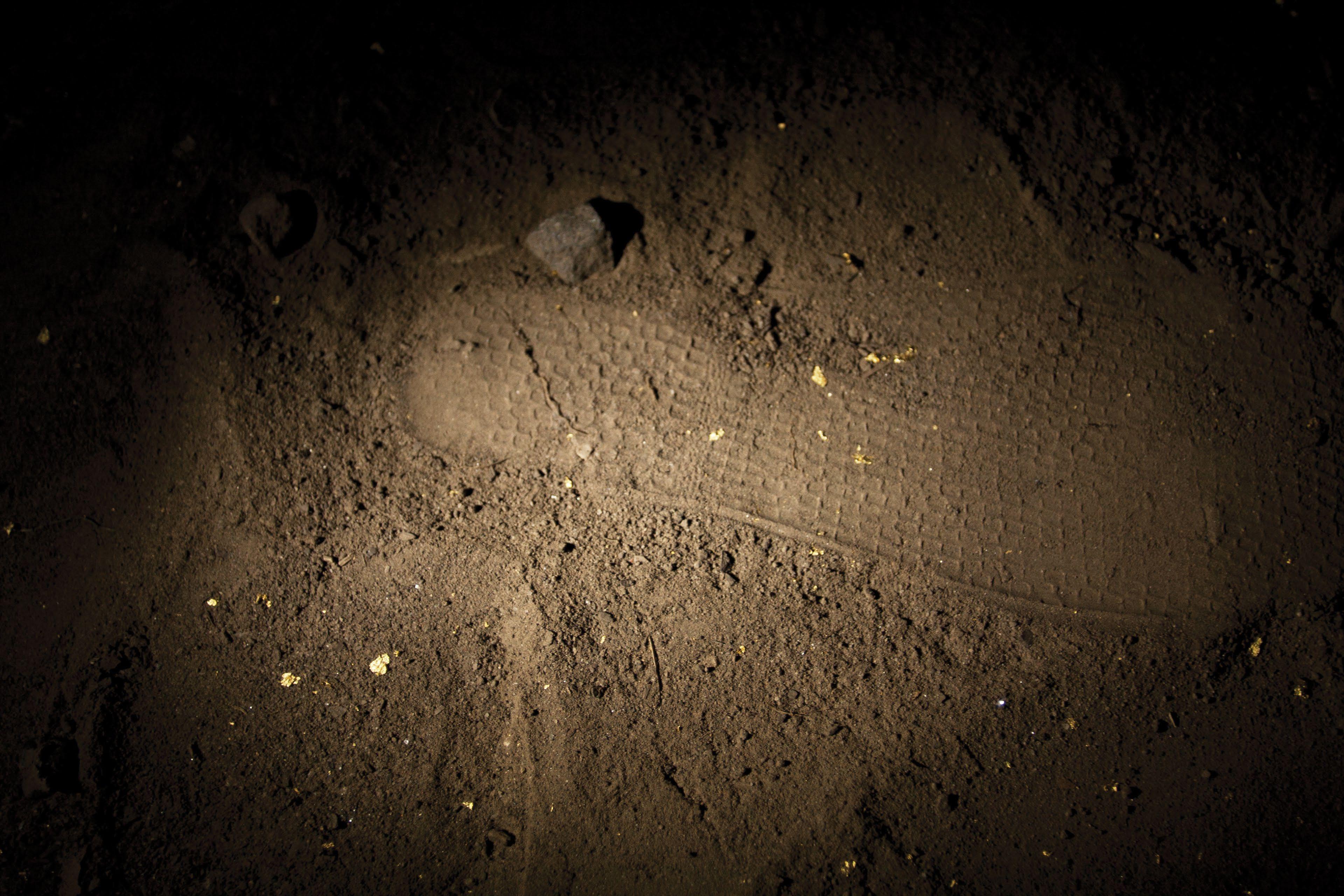
Whether you are looking to buy new or used, rent equipment, or have your existing fleet serviced, Foley, Incorporated has what you are looking for. In addition to Cat equipment, we offer all types of allied products, such as air compressors, light towers, trenchers, wood chippers, heaters, small compaction equipment and more.
Spring/Summer 2021 16 WWW.FOLEYINC.COM
WE CREATE CUSTOMER EXPERIENCES THAT CREATE CUSTOMERS FOR LIFE. Serving all of New Jersey, Staten Island, New York, Eastern Pennsylvania, and New Castle County, Delaware
BUY HERE. RENT HERE. SERVICE HERE.
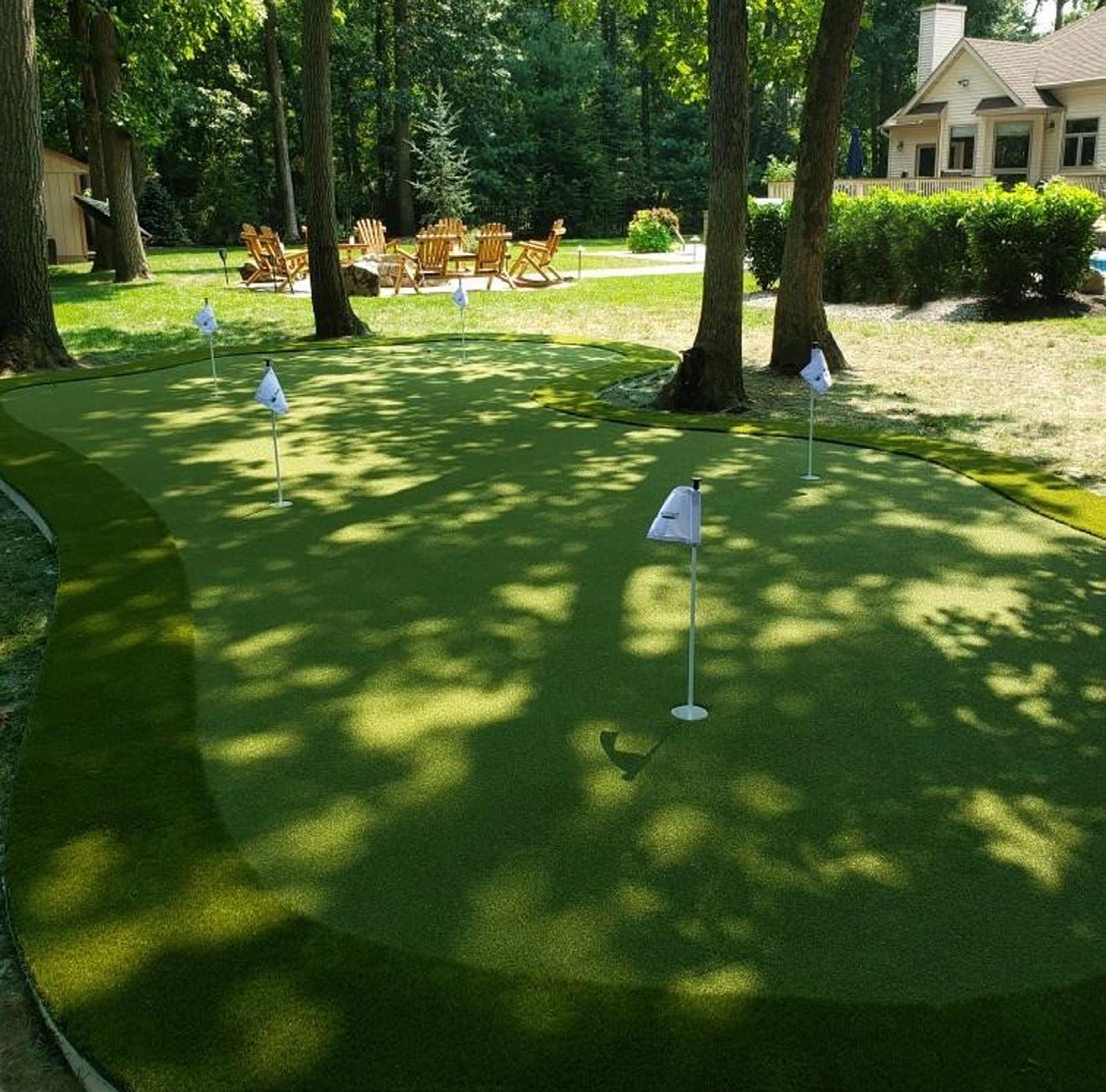
When you’re planning your next landscaping project, there are several reasons why you should opt for synthetic turf instead of real turf. As an industry professional and authorized supplier of SYNLawn, I have collaborated with landscaping contractors on many custom projects over the years that have benefited from the use of artificial grass, and these product offerings are the best choice for contractors looking to save on money, resources, utilities and maintenance costs. Below are the top five reasons you to consider using synthetic turf like SYNLawn:
1. Aesthetic Value: Your landscape designs for clients will look perfect year-round. The quality of these products is first-rate, so it has the same look and feel as real grass without the hassle of regular maintenance. It will stay green and looking perfect no matter the season or weather conditions.
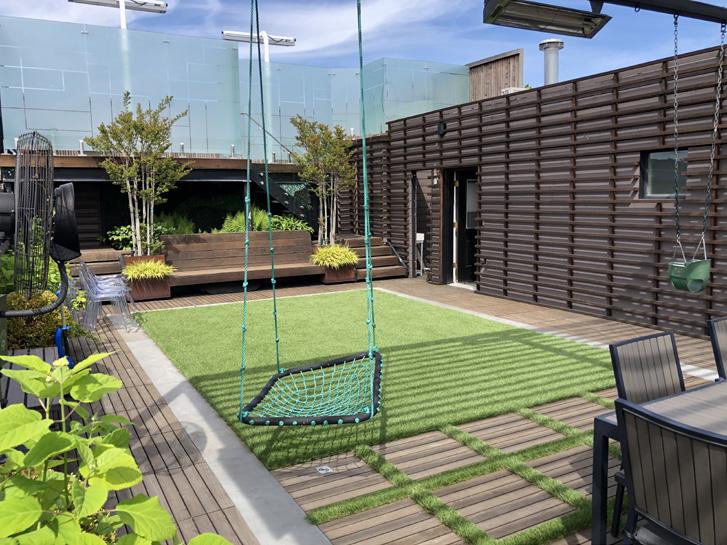
5 Reasons to Consider Synthetic Turf for Your Landscape Projects
by Paula Korinko of Synthetic Lawns & Golf, Inc./SYNLawn New Jersey
2. Superior Technology for the Cleanest and Safest Turf: Super Yarn™ technology offered in many of the product offerings is the most advanced artificial grass fiber produced and presented to the market. This innovative technology offers unique additives including Sanitized® Antimicrobial, which eliminates bacterial odors and prevents microbial growth; DualChill® IR Reflective, which reduces infrared reflectivity that can break down fibers; and StatBlock® Anti-Static, a new carbon-based anti-static ingredient that is molecularly bound into the face fiber to inhibit the buildup of static electricity. Additionally, some products offer ASTM Certified E108 Class A Fire-Rated with HeatBlock™ and UV protection.
3. Sustainable Turf Options: Several of the products now have Certified Biobased Product labels from the U.S.

Department of Agriculture (USDA.)
The products use bio-based ingredients like soy and sugarcane, so the turf is sustainable and environmentally friendly. Not only will this be an attractive benefit to your clients, but it will also help them conserve more water since artificial turf requires no need for a sprinkler system.
4. Long-lasting Life Expectancy: With unmatched lifetime warranties and superior durability, your clients can expect their turf installations to last a long time, which will help save them money in the long run.
5. Made in the USA: This brand of artificial turf is manufactured in Dalton, Georgia, so you’ll be supporting an American business.
Paula Korinko has been the Sales / Marketing Manager for SYNthetic Lawns & Golf, Inc / SYNLawn NJ for 10 years. Paula’s combined design background, marketing skills and industry experience, have proven to be extremely successful by providing clients visual insights into their landscaping and golf projects while educating them on the cuttingedge technology of SYNLawn Artificial Grass products. Her award-winning distributorship works closely with landscape architects, interior designers, landscape contractors, as well as, one-on-one with homeowners, for landscape solutions that will beautify and at the same time, reduce their carbon footprint.
www.NJLCA.org 17
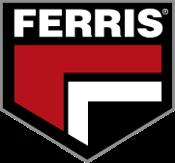








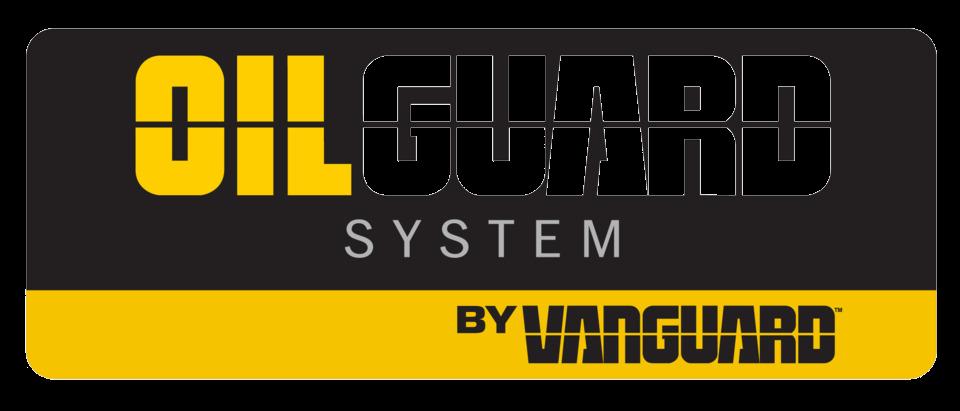
1-800-942-2326 to find your nearest dealer
decks available
with Kawasaki &
Engines
Year
warranty
Guard
Call
36”-72”
Available
Briggs
3
engine and transmission
5 Year limited suspension warranty Oil
System on 52”-72” decks
Landscape AlterNATIVEs: A Guide to Native Landscape Plants
PURPLE CONEFLOWER (ECHINACEA PURPUREA)
by Steven Yergeau, Agriculture & Natural Resources Agent (Ocean & Atlantic Counties)

Native plants are a good way to incorporate sustainable vegetation into yards for clients who are environmentally minded. Native plants are adapted to local climate and soil conditions, requiring less water, fertilizers, and pesticides than non-native vegetation. For landscapers who have property owners looking for native alternatives to nonnative vegetation, below is an option to meet your clients’ needs.
Purple coneflower (Echinacea purpurea) is a native flower of the Asteraceae family, which includes asters, daisies, and sunflowers. It grows up to 3 feet high and can spread up to 4 feet at maturity (Photo 1). Purple coneflower gets its name from the purple petals on its flowers which droop down to form a cone (Photo 2). In rare cases, the flowers may be pink or white.
Purple coneflower is a good choice of flower for many yards as it grows in a
wide variety of habitats and can be used in pots, borders, and along roads. It does best in welldrained, moderately dry soils that are neutral to slightly acidic (pH from 6.5–7.2). It flourishes in open areas with full sun but has a low tolerance to drought conditions and does not tolerate water-logged soils.
Purple coneflower requires little maintenance beyond deadheading to encourage blooming. It can be planted in large masses but may need a good layer of mulch or regular weeding as it doesn’t compete well with other plants.

There are many benefits with purple coneflower. Purple coneflower is a showy ornamental plant that brings color, especially during its summer bloom (June to August). These flowers are great for cuttings as part of fresh or dried floral arrangements. It is a wonderful plant for pollinators as many insects collect its nectar (Photo 2). In addition, the seeds of the purple coneflower are eaten by many songbirds, including goldfinches, in the fall. Purple coneflower is a great choice to use instead of many nonnative flowers, such as yarrow (Achillea species), butterfly bush (Buddleia
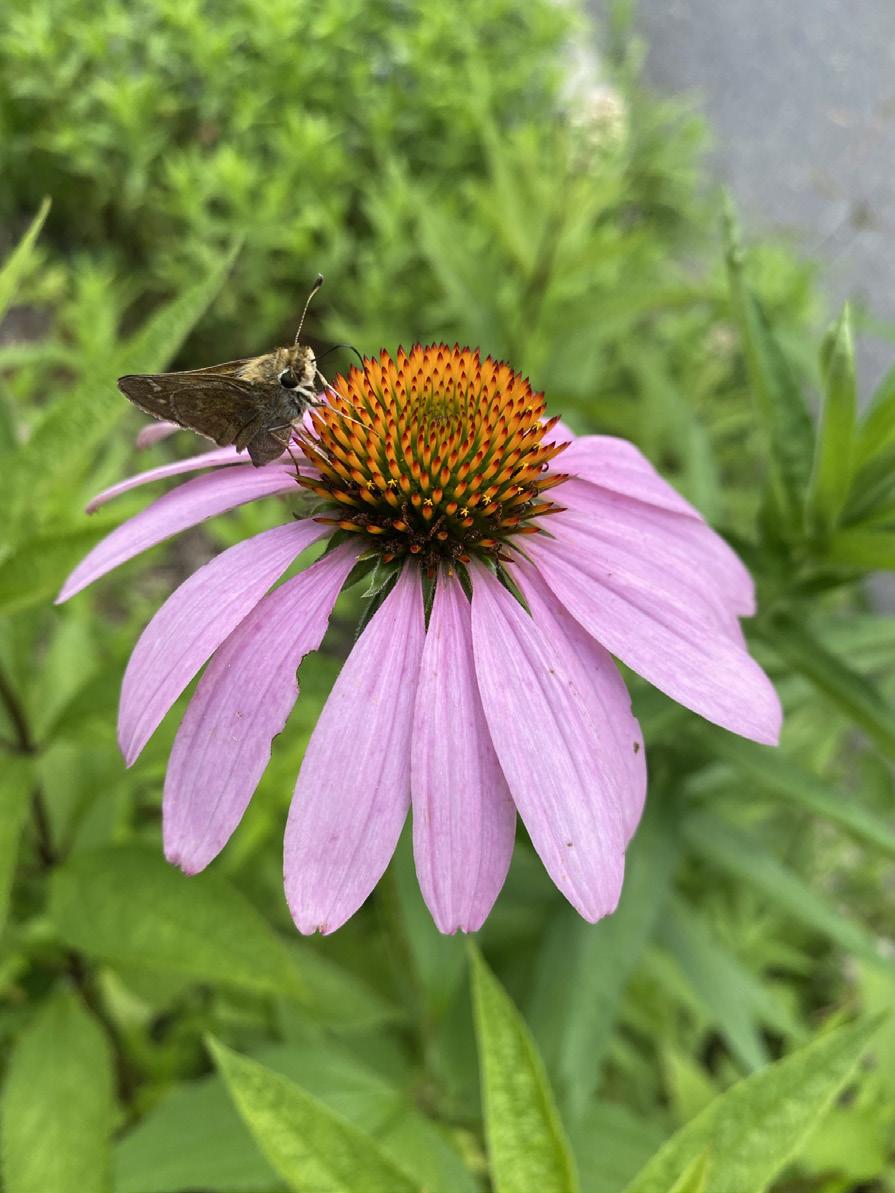
davidii), and English lavender (Lavandula angustifolia).
You can find nurseries in New Jersey that sell native plants by visiting the Jersey-Friendly Yards website at http://www. jerseyyards.org/jersey-friendly-plants/ where-to-buy-native-plants/.
Steven Yergeau, Ph.D. is the Dept. Head and Agricultural Agent for Rutgers Cooperative Extension of Ocean County. He is also Assistant Professor for Ocean & Atlantic Counties. For more info visit http:// ocean.njaes.rutgers.edu.
www.NJLCA.org 19
Photo 1: Purple coneflower planted with other flowers in mid-summer (Photo Credit: Steve Yergeau).
Photo 2: Close up of a skipper feeding on purple coneflower (Photo Credit: Steve Yergeau).

MY CONNECTION TO THE FOUR LAWS OF ECOLOGY
by Barry Draycott, Tech Terra Environmental
Have you ever planted a seed that took forever to germinate?
Way back in 1979, while I was earning my degree in Environmental Studies, part of the required reading was The Closing Circle, Nature, Man & Technology written by the ecologist, Barry Commoner.
Commoner addressed the environmental crisis and the interaction of humans and nature in many different aspects, including population growth, consumer demand, politics, capitalism, and greed. He sums it up with this quote:
He also formulated the Four Laws of Ecology:
The first of these informal laws, Everything is connected to everything else, indicates how ecosystems are complex and interconnected. This level of complexity and interconnectedness is not like that of the individual organism whose various organs have evolved and have been selected on the criterion of their contribution to the survival and fecundity of the whole. Nature is considerably more
intricate, variable, and resilient than the metaphor of the evolution of an individual organism. An ecosystem can lose species and undergo significant transformations without collapsing, yet the interconnectedness of nature also means that ecological systems can experience sudden, startling catastrophes if placed under extreme stress. “The system,” Commoner writes, “is stabilized by its dynamic selfcompensating properties; these same properties, if overstressed, can lead to a dramatic collapse.” Further, “The ecological system is an amplifier, so that a small perturbation in one place may have large, distant, long-delayed effects elsewhere.”
The second law of ecology, Everything must go somewhere, restates a basic law of thermodynamics: there is no final waste in nature. Matter and energy are preserved, and the waste produced in one ecological process is recycled in another. For instance, a downed tree or log in an old-growth forest is a source of life for numerous species and an essential part of the ecosystem. Likewise, animals excrete carbon dioxide to the air and or-
ganic compounds to the soil, which help to sustain plants upon which animals will feed.
Nature knows best, the third informal law of ecology formulated by Commoner, “holds that any major man-made

Spring/Summer 2021 20
Fall 2021
change in a natural system is likely to be detrimental to that system.” During 5 billion years of evolution, living things developed an array of substances and reactions that together constitute the living biosphere. The modern petrochemical industry, however, suddenly created thousands of new substances that did not exist in nature. Based on the same basic patterns of carbon chemistry as natural compounds, these new substances enter readily into existing biochemical processes, frequently in ways that are destructive to life. This leads to mutations, cancer, and many different forms of death and disease. “The absence of a particular substance from nature,” Commoner writes, “is often a sign that it is incompatible with the chemistry of life.”
There is no such thing as a free lunch, the fourth informal law of ecology, expresses the fact that the exploitation of nature always carries an ecological cost. From a strict ecological standpoint, human beings are consumers more than they are producers. The second law of thermodynamics tells us that in the very process of using energy, human beings “use up” (but do not destroy) energy, in the sense that they transform it into forms that are unworkable.
In the case of an automobile, for example, the high-grade chemical energy stored in the gasoline that fuels the car is available for useful work while the lower grade thermal energy in the automobile exhaust is not. In any transformation of energy, some of it is always degraded in this way. The ecological costs of production are therefore significant.
I found these laws to be very interesting in general. However, Commoner went into very detailed analysis on the impact of these laws, so I put it away after reading it and continued with my education. That being said, the seed was planted.
After graduation, I chose a career in the landscape industry because I loved being outside and doing physical work. Over time, I was promoted to manage the pesticide and fertilizer division for a few tree care companies. I saw our industry slowly evolve from blanket treatments to spot treatments and plant health care programs over the years.
Eventually, I founded my own com-
pany about 15 years ago which specialized in organic treatments after becoming a NOFA Accredited Organic Land Care Professional and attending several of Elaine Ingham’s classes. The company gradually morphed into a supply company.
During this time, I began to use the phrase “Everything is connected to everything else” at the end of presentations and emails. I had forgotten where I had heard the phrase, so I Googled it, and a quick online search reintroduced me to Commoner’s book.

The seed was watered. Last year, I found a copy of The Closing Circle, Nature, Man & Technology and started reading it again. I was stunned to find in the first chapter, even before he states the Four Laws, Commoner discusses the fundamental interaction of nutrients, humus level, soil microbes, plant health, and climate! Remember, the book was published in 1971!
The seed sprouted!

quite some time, yet we are only now beginning to grasp the adverse effects it will have on all our lives if we continue to ignore ecosystems. The good news? Our industry has come a long way since 1971. More consumers are asking for fewer and less harmful pesticide treatments. Our industry is learning how important it is to improve soil health and, even more significant, how to achieve it.
Last year was a very difficult year for many reasons, but let’s look toward the future. Find new opportunities to grow your awareness and implement actions that generate positive results. I’ve learned that the only things we have complete control over are our own attitudes and determination.
Remember: “Everything is Connected to Everything Else.”
Barry Draycott is the owner of Tech Terra Environmental (TTE) founded in 2005. His career however in the green industry began in 1977 as a pesticide applicator for a tree care company in NJ. For decades Barry looked for ways to improve plant vigor and reduce pesticide usage. This led him to scientific research, which demonstrated the positive impact improving soil health has on plant vigor.
People have known about the negative impacts we are having on land for
This new direction prompted the trial and error process of locating natural products for the tree and lawn care industry that were cost effective and provided positive results for TTE’s clients. Once this was accomplished, Draycott realized Tech Terra Organics could be of service to the green industry by becoming a single source for a wide range of natural products at manufacturer prices that would meet the needs of landscapers and lawn care providers.
www.NJLCA.org 21
JayD the Lab taking in the view of Bush’s Pasture Park while Tom takes a break from reading The Closing Circle. Photo: Tom Scheuermann
ARMORTEC



LOUVERED K-BANA

BELGIUM CURBSTONE
EXCITING PRODUCTS FOR 2021 New!

LEDGESTONE PERMEABLE 3-PC. DESIGN KIT
STAYING HOME NEVER LOOKED SO GOOD
22
OMEGA NATURAL STONE WALL
www.CambridgePavers.com | | Made in AMERICA
Turf talk
I’m sure everyone is noticing the amount of crab grass that is popping up recently. You are probably wondering what happened. Well, if you dissect the weather you would figure out what happened. After you applied your pre emergent in early April, we had several weeks of no rain. We were actually in a drought with fire danger high everywhere. And, add insult to injury at that time of year no one had their sprinklers turned on yet. The pre emergent was never watered in so it didn’t really do what it was supposed to do. Now, several months later, you have break through everywhere. I hate when Mother Nature throws you a curve ball like this. We work so hard and something like misplaced rain can cause a series of circumstances that make you look like you don’t know what you are doing.



 by Greg Carpenter, CLT, American Beauty Landscape
by Greg Carpenter, CLT, American Beauty Landscape
Has anybody seen the horrible infestation of cicada that we were supposed to have in July? Like a lot of things; it seemed to fizzle out, however, the cicada killing wasp did not get the memo! You would have to ask an entomologist if their cycles are in sync with the cicada. Makes sense. You would think. At my yard/shop I have already gone through 2 bottles of Delta Dust. The cicada killers


seem to be laughing at me - much the way the red spider did all spring. The Spruce were so loaded with red spider that it has been just awful keeping ahead of it. But at least we have had ample rain. My lawns have never looked so good except for the break through crab grass. Remember, with crab grass kill it now if you see it. It’s already late. Its only going to get bigger and uglier.
Good Luck and Keep Growing!
Greg Carpenter, CLT is owner of American Beauty Landscape since 1982. He attended the SUNY Farmingdale Turfgrass Program and is the Vice President of the NJLCA. Greg also serves on the Rutgers Turfgrass Advisory Board and the Bergen Community College Horticultural Advisory Board.



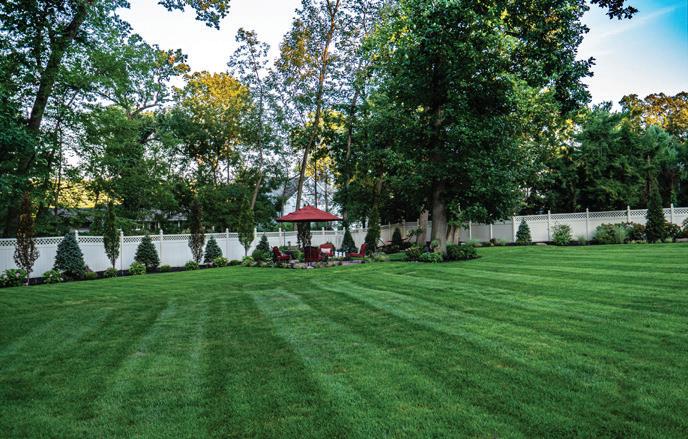

Winning Landscape Company Visit NJLCA.org for more info!
Beco m e an Award
Settle for More.
We put our margins into improving our plans and service. And when claims are lower than projected, we even pay dividends.

Why Become an AMT Member?
Member businesses benefit from:
How AMT Works for You
When member businesses join AMT, they get superior value and service from a self-funded, not-for-profit trust that serves the needs of thousands of participating employer members.
AMT’s plans are designed to give small businesses more options with better service at lower cost. Healthcare consumers should expect and get more, so we put our profits into improving our plans, and, when possible, we pay dividends.
Request an Online Quote
Visit www.amt-nj.com and click on “Request a Quote.” Our easy form will automatically generate several options. Our representatives can advise you on selecting the right plan for your needs.
• The largest selection of competitively-priced, self-funded health coverage plan options
• Access to the provider networks of Horizon Blue Cross Blue Shield of New Jersey and Delta Dental
• Dedicated service people who help you with plan selection, service and claims

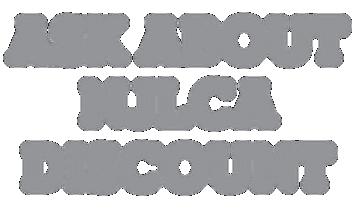

Advertiser Index
Advance Tire Inc.
www.advancetires.com........23
Al D. Landscape, Tree and Garden Supply Stop
aldlandscapingandtree.com....60
Association Master Trust
www.amt-nj.com..................24
Bergen Brick Stone and Tile
www.bergenbrick.com..........36
Braen Supply
www.braensupply.com........26
Cambridge Pavers
www.cambridgepavers.com...22
Cliffside Body Corp
www.cliffsidebody.com........38
Downes Forest Products
downesforestproducts.com......8
Foley, Inc.
www.foleyinc.com................16
Holiday Lighting by Giannini
LIHolidayLighting.com.........34
www.NJLCA.org
Landscape Materials Inc.
Landscapematerialsinc.com...5
Magnets.com
www.magnets.com...............25
MANTS
www.mants.com...................10
Matera’s Nursery
201-943-8288 ..........................2
Mr. C Fence
www.mrcfence.com..............48
Oakland Marine & Equipment
201-337-7741 ........................18
Proven Winners Colorchoice
www.provenwinners.com...Enc.
South Camden Iron Works
www.hometownvinyl.com.....12
Tech Terra
techterraenvironmental.com...32

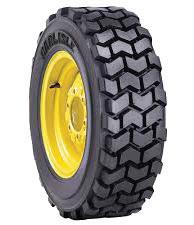









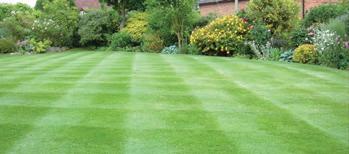
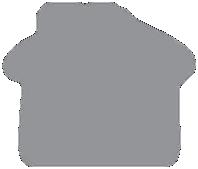


MAKE YOUR MESSAGE STICK 866.229.8237 sales@magnets.com Trim Shrubs Mulch Your Company Name & Contact Info Here Aeration/Seed Leaf Removal Pressure Washing Home, Driveways, Patios, Decks Gutter Cleaning Spring Cleanup Lawn Care & Maintenance Weed Control Fertilization Weed Removal Tree Removal Tree StumpPruningGrinding Your Weekly Mowing Estimate Weekly Mowing Estimate A Beautiful Lawn Doesn't Happen by Itself Ask About Our New Homeowner Sign-On Bonus Mowing Edging Aerating Lawn Fertilizing Weed Control Spring/Fall Clean-ups Your Logo Here 866.229.8237 For all of your landscaping needs... Mowing Mulching Trimming Snow Removal Hardscapes Landscaping Spring/Fall Clean-up $100off yourwebsitehere.com YourLogoHere Free Estimates Make Your Message Stick Magnets & Stickers for All Seasons 866.229.8237 sales@magnets.com Landscaping & Snow Removal Your Contact Info Here ASK ABOUT NJLCA DISCOUNT Proudly Made in the USA


Spring/Summer 2021 26 THE LARGEST LANDSCAPE MATERIAL SUPPLIER IN NJ www.braensupply.com 400-402 Central Avenue, Haledon, NJ 07508 1434 Ringwood Avenue, Wanaque, NJ 07420
Take Great Photographs, Even If You’re Not a Photographer For Landscape Design Companies
by Nicole Marsiglia, Borst Landscape & Design

If you have a professional grade camera or if you hire an expert photographer, that’s great! But if you don’t, that’s perfectly okay. You don’t have to be a professional to capture stunning photos of your team’s impressive landscape design work. These days, the iPhone’s photo and video capabilities are top-notch, making it possible for you to take excellent shots on site. Just consider the tips below your rule of thumb!
1. Avoid the Sunniest Part of the Day
But why wouldn’t you want a beautiful, blue-sky day, you wonder? Because… shadows. Harsh sunlight = harsh shadows. There will be very dark and overly bright parts throughout your photo. While it’s salvageable in certain Adobe programs, avoiding harsh light will save you from a lot of editing. If the forecast is calling for a sunny day, try to head out to the prop-

erty in the early morning or late afternoon around sunset.
If there’s ever a time to spend all day taking photos without a lighting worry, it’s on an overcast day. While this weather isn’t the most aesthetically pleasing to our eyes, the camera loves it. When it’s flat light – in other words, no shadows or intense bright light – every part of your landscape will stand out.
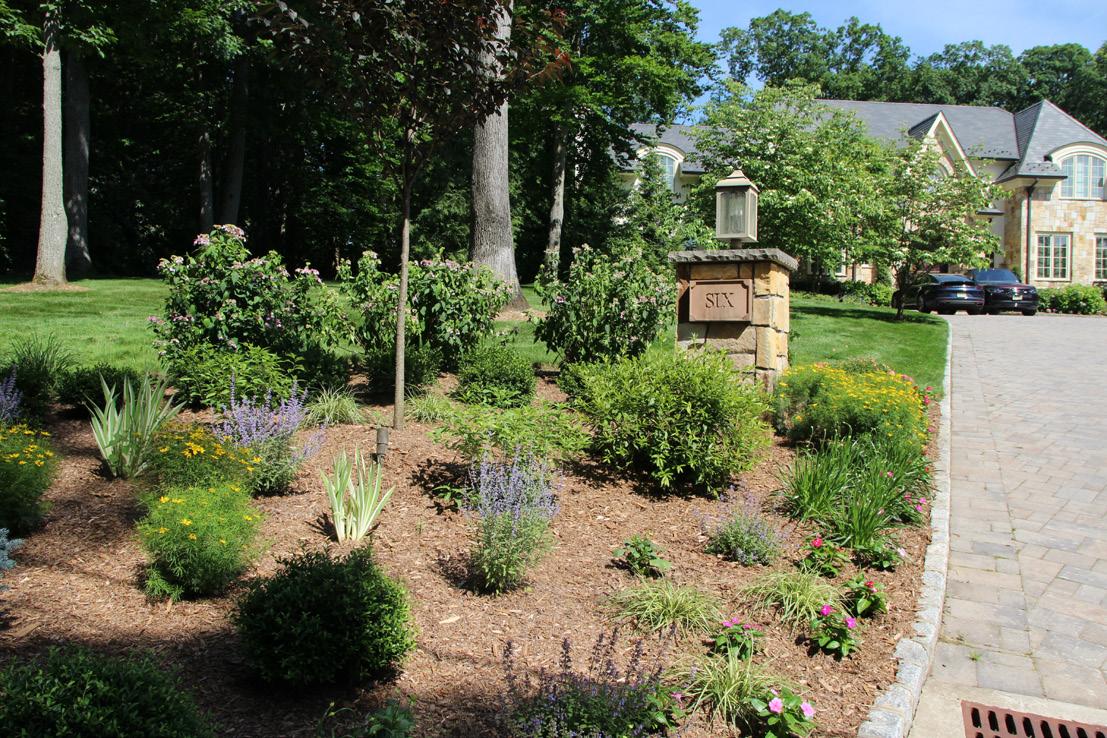
www.NJLCA.org 27
lighting - unedited
- unedited
Flat
Harsh shadows
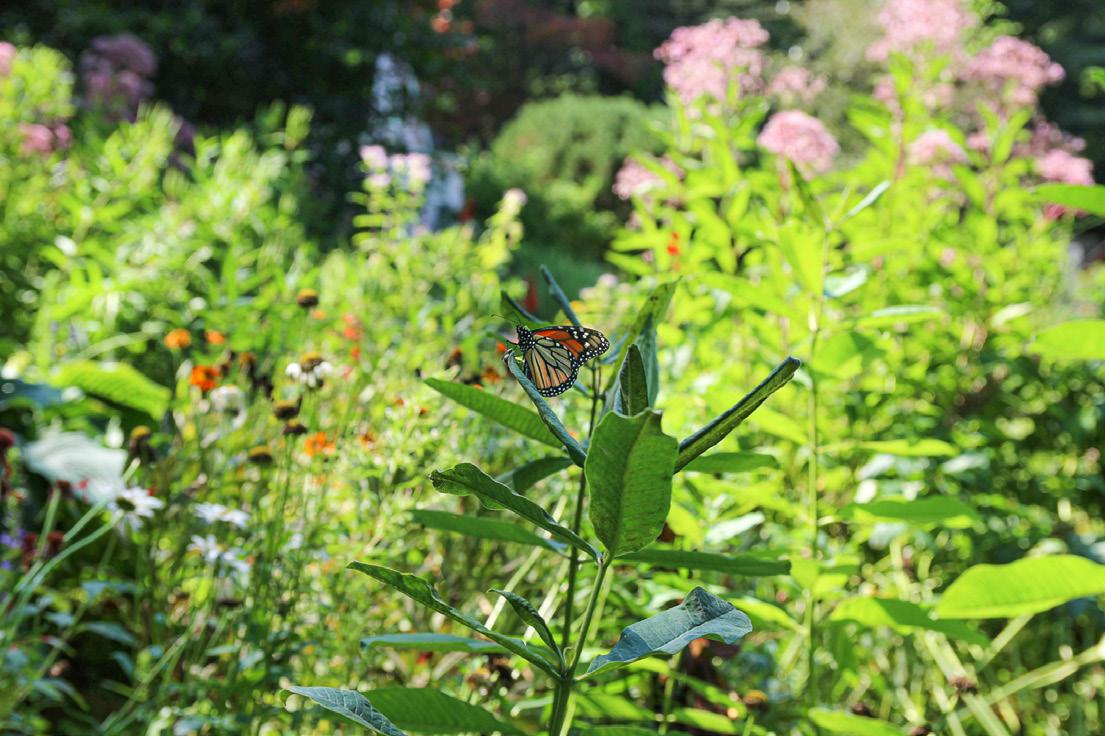
2. Capture a Variety of Shots
Always have options! You never know what you might need to diversify a social media feed, blog post, or client presentation. Be sure to grab shots from different angles. You can start with the basics.
• Wide-angle – If you’re photographing a garden, for example, capture every detail! Flowers, plants, statues, water features, and more.
• Medium – Zoom in or move closer to emphasize a certain area.
• Close-ups – Think a bumble bee resting on a flower or colored & textured details of the blue stone making up a patio. Remember: They’re small details, but they’re what create the big picture.
3. Focus on More Than the Finished Product
Capture the “before” and “progress” moments, too! This will help you make an even greater impact when it comes to your marketing as the total transformation side-byside demonstrates the distance your team can go.
It also doesn’t hurt to photograph your experts in action. From design to execution to completion, your team makes it all happen… so capture those moments!
Those in the landscape industry know how much time, physical effort, and deep thought goes into every project we take on. From start to finish, it deserves to be showcased in the best light.



Fall 2021 28
Close up
Wide angle
Before shot After shot
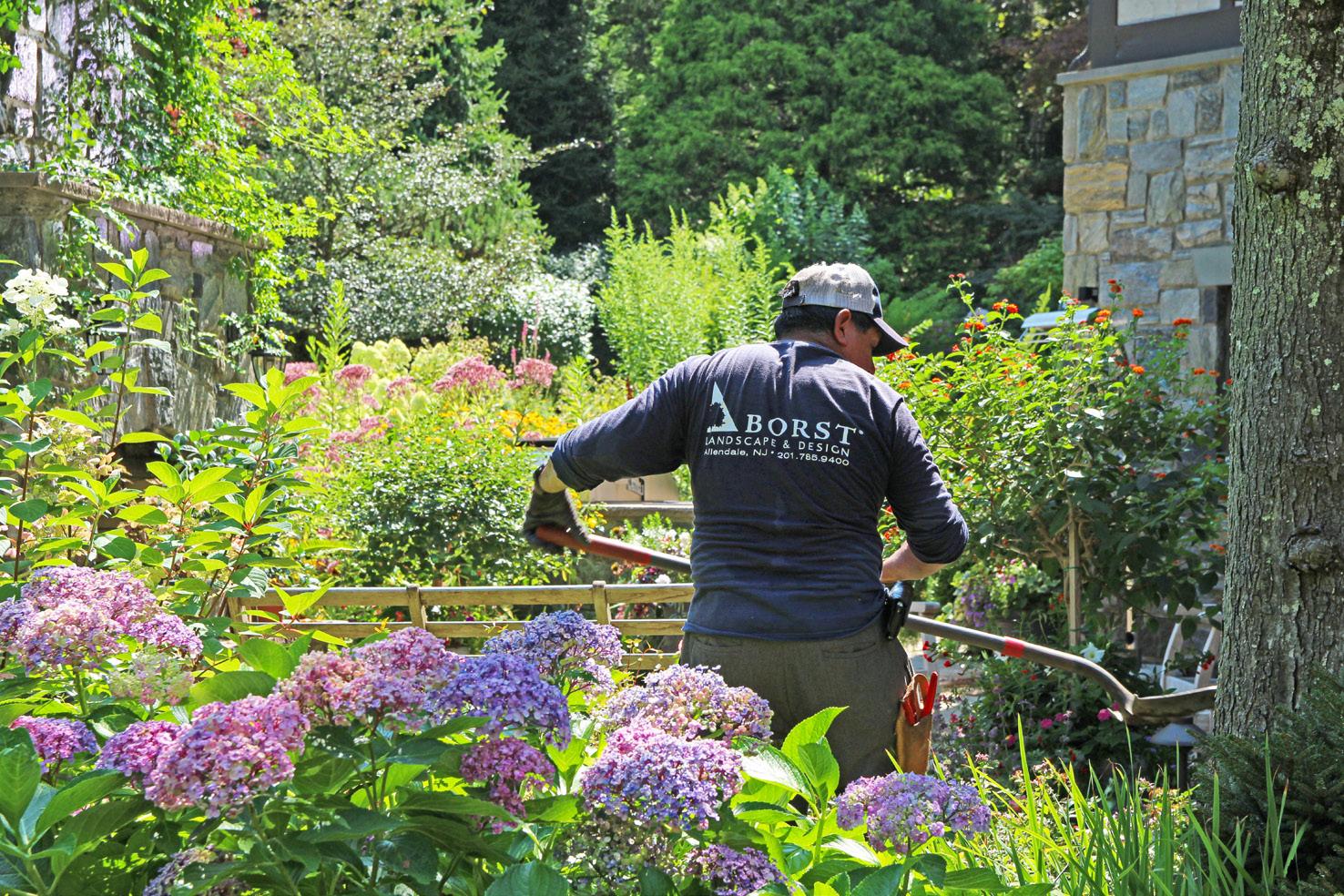
4. Remember The “Rule of Thirds”
Unfamiliar? Picture two vertical lines and two horizontal lines, creating nine
equal boxes, across your image. These lines could be invisible or visible, depending on if your camera has a grid setting.
This “rule” is simply to keep your photo interesting. In the world of photography, when the main subject is in the direct center of the image or video, it’s considered visually boring. This “rule” helps you place the most important part of the photo off-center, on one of the lines or where they intersect.
Of course, rules are also meant to be broken. Photography is subjective to whoever is taking or viewing the photo. If there’s a symmetric garden design along a walkway, feel free to center your shot!
Professional photographers deserve major kudos as it’s a skill to be honed and an art to be appreciated. For those who didn’t land on that career path or simply lack the time & interest to learn, it’s very much possible to get the photos you need. With the pressure for companies to be on social media, produce beautiful content, and in general, actively market their products or services, it’s more important now than ever to have photos that impress. By following most or all the tips above, you’ll be a better photographer than you were yesterday.
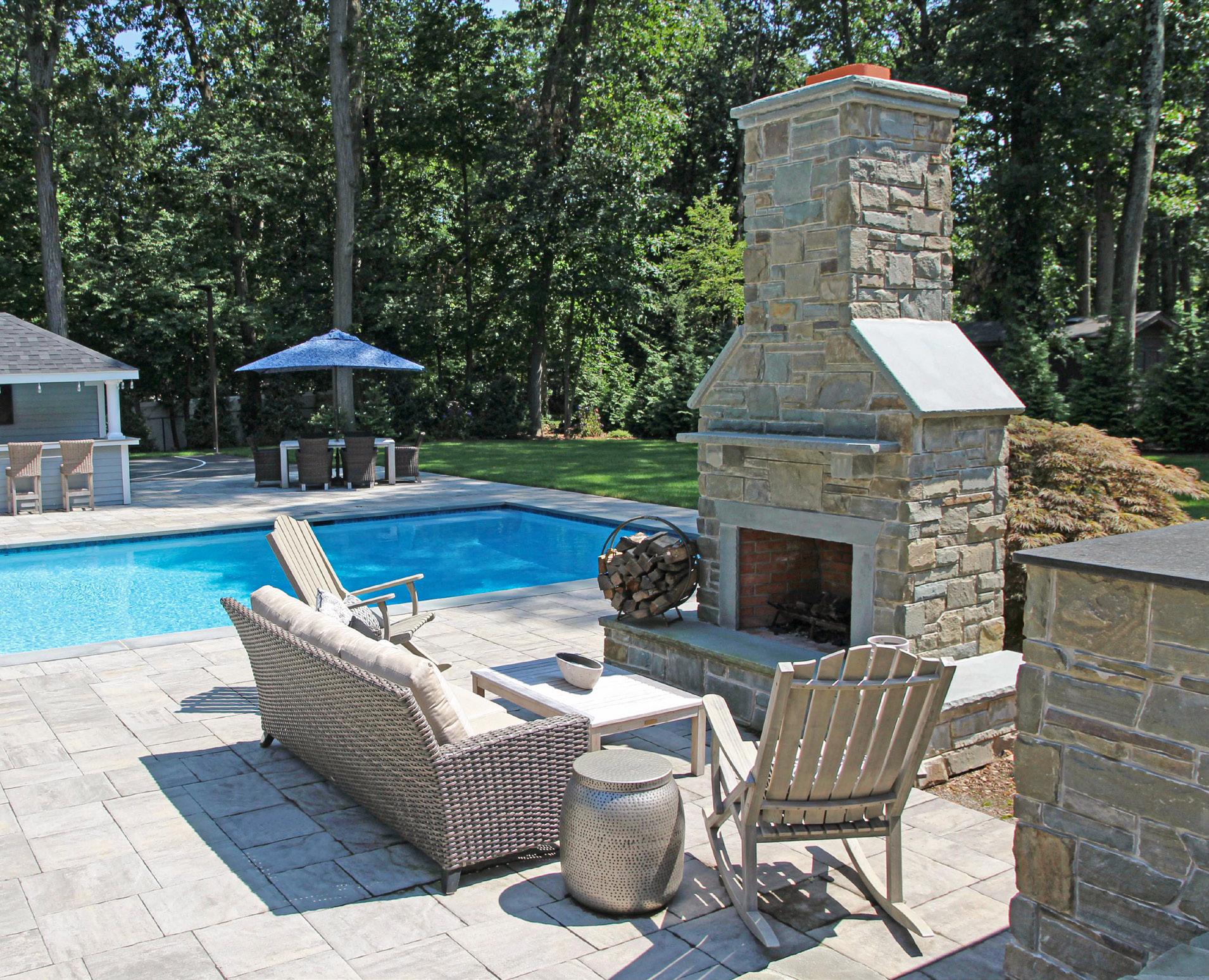
Borst Landscape & Design is an award-winning, full-service landscape design firm specializing in large-scale residential & commercial projects across design/ build, garden design & maintenance, organic lawn care, and landscape maintenance services.
Founded in 1989, the company has received recognition from many national & industry organizations.
www.NJLCA.org 29
Team in action
TRENDING: FOODSCAPING
What is a hardscape guy doing writing about foodscaping/gardening? Why is #foodscaping trending behind #hardscaping and #hardscape design? The answer is simple, clients in the landscape & hardscape marketplace want to unplug from technology and plug back into life. Food is life and “scaping” is surrounding yourself with natural things like plants, paving stones, retaining wall blocks, and wood structures in the outdoors. Keeping an eye on food ‘needs & wants’, potential for vertical structures in the landscape, resource conservation and family engagement is what foodscaping is all about.
Food “needs and wants” means:
1. Needs - a necessity
2. Wants - to desire
A necessity of food would entail hunger or the lack of available nutrition for your family. In North America there have been some supply chain issues in recent past, but not to the extent of true fear.
by “Paver” Pete Baloglou, Techo-Bloc
So is “need” of food relevant to this discussion? Yes. Healthy organic, non-GMO, pesticide and herbicide free produce can increase health and wellness. “Want” is a desire to have the best tasting, most nutritious ingredients possible. With some high-quality food shortages, a significant health obesity crisis, and potential selfsufficiency, why not foodscape at home? Having vegetables, legumes, herbs, etc. can make food more enjoyable, vitamin packed, a feeling of accomplishment, and a stress and anxiety remedy. ‘Anxiety is just an alarm system!’ from Dr. John DeLony’s book Redefining Anxiety. So when the alarms are going off (bells are ringing), it’s time to unplug from technology, get your hands dirty in the garden, eat fresh foods (which will help you sleep more peacefully) , among other things, all accomplished in one’s home landscape!
Elevate the foodscaping experience! Bending, kneeling, and crawling around not only don’t sound fun, but may be

physically impossible for many people. So, using segmental retaining wall (SRW) products to build up to seating height or higher can save joints, back pain and make care of planting/gardening beds more practical. Elevated planting of annuals, perennials, shrubs, and small specimen trees have been around from the beginning of the landscape/hardscape industries. Even elevated fire pits (as opposed to true ‘pits’ - cavities in the ground) and water features (typically embedded) have become commonplace. Now vertical structures of varying heights with food and herbs growing in them within proximity of the outdoor kitchen are gaining ground! From 3’ to 4’ tall herb gardens to 1’ to 2’ food plots, retaining wall block (especially double-sided units due to their versatility) have helped manage drainage, resist freeze and thaw & frost heave, and made the filling without the deep dig with energy rich garden soil practical.
Following the National Concrete Masonry Association (NCMA.org) SRW rules on construction, for example, 6666 (base extends 6” beyond heal and toe of block, 6” thick, and 6” embedded; all minimums) fill the bottom of our retaining wall elevated bed (box) with 1/2”-3/4”clean, clear, angular stone and wrap the remainder with a geotextile non-woven soil separation fabric and your 80% to planting. Finish it off with the best soil and moisture retention mulch or decorative gravel, then seed and irrigate (aquascape.com rain harvesting system is a great choice) with your choicest produce and herbs.
Hardscape Tip: Hardscape in odd numbers. For example, 3 or 5 elevated beds to start of varying heights create interest and character in the environment.
If conservation is your thing (and it
Fall 2021 30
Swap out the ornamental grasses for tomatoes, lettuce and carrots for an easily reachable raised vegetable garden.
Photo: Modern Landscape, Philadelphia
should be), composting, natural fertilizers, herbicides and pesticides, and habitats for birds and bees (without the damage from deer, squirrels, etc.,) are all part of the experience.
Composting is not a new topic and there’s much written on the subject. Reclaiming food scraps and biodegradables from landscape care teaches young and old the valuable lesson of resourcefulness and frugality. Herbicides and pesticides can also be handled naturally with intermittent plantings that choke out weeds (those not pulled by hand) and repel insects like citronella, basil, and mint (also herbs) which can also benefit pets with natural flea and tick repellency.
What to grow in a foodscape plot? Tomatoes, carrots, summer squash, zucchini, cucumbers, peppers, etc… are all fan favorites. There are many online and social media clubs dedicated to vegetable growth and cooking recipes, so plug in briefly for other ideas. Growing with recipes in mind brings a rewarding end to the harvest. Don’t forget the soon to be lost art of canning! ‘Can’ some tomatoes for homemade marinara and enjoy yearround. Spices like thyme, mint, basil, cilantro, parsley, etc… can help make the investment in an outdoor kitchen (grill, griddle, wood-fired oven, smoker, doors
and drawers…all wrapped in SRW units and a spectacular stone countertop) really zing! Cilantro on a Mexican dish cooked in a cast iron pan at 800+ degrees in an outdoor oven or parsley drizzled over an egg and cheese omelet on the griddle brings ‘farm fresh’ home!
The last “growing” category in an urban or suburban foodscape hobby is domestic chickens. Great for viewing (very attractive, ornate varieties), pest (insect) control, fertilizer production, and a protein punch (eggs)! With an SRW base and segmental permeable pavement (SPP) landing for the coup, care should be a breeze, regardless of climate; cold or hot.
Is foodscaping right for me or my client? Apply this litmus test to “is foodscaping-for-me” candidates:
1. Do I enjoy engaging in my landscape? Gardening in-ground or container is the number one hobby in North America, so let’s say yes to this one.
2. Is my family’s (& my) health important? Big YES.
3. Do I love my neighbors, extended family, friends, coworkers, congregation members, etc? Love thy neighbor is a virtue so let’s say “yes” again. If you don’t know them than gifts of home-grown produce will be a pleasant introduction.
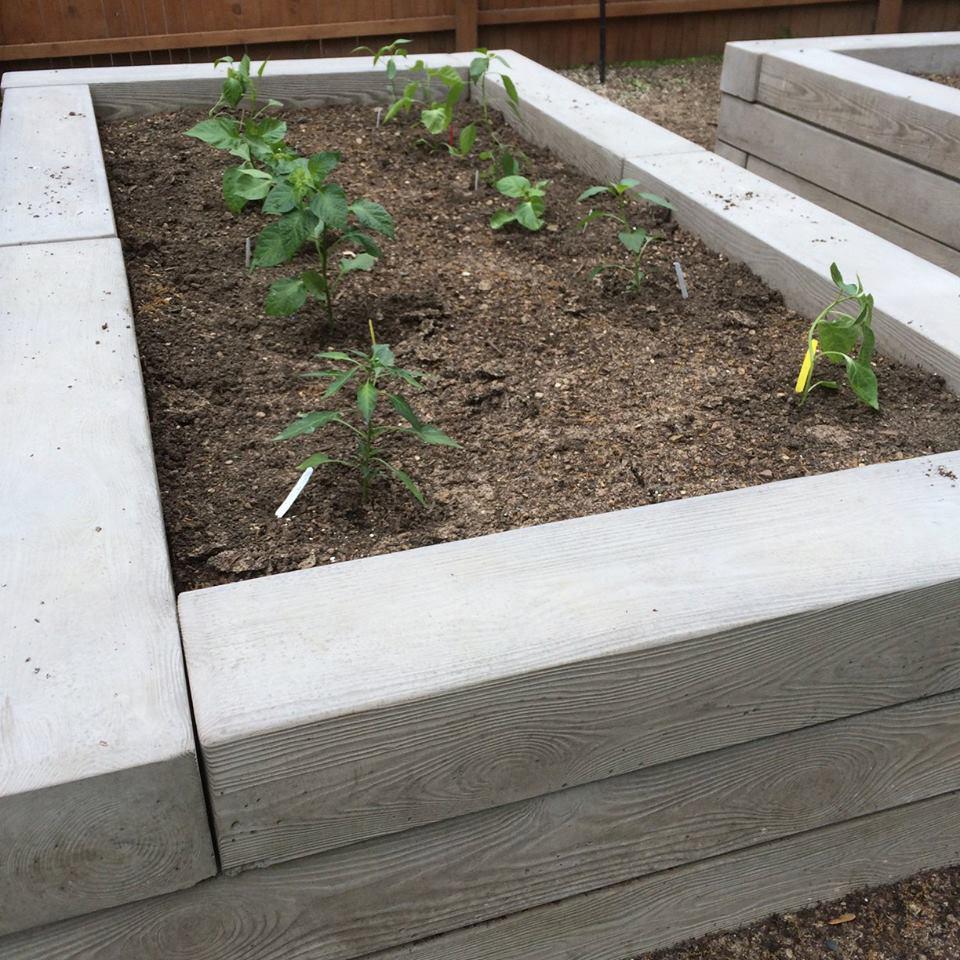
a sense of space and ‘vignette’ feel that will keep you or your client home growing and cooking.
Food needs and wants, vertical structures, resource conservation, and community engagement are just a few of the reasons to foodscape at home. Do your research on composting, urban chickens, foodscaping, and gardening herbs and vegetables. There are tons of books, articles, posts, and BLOGS and VLOGS to study. Finding a healthy, fun, and team/ family hobby that can change life for the better isn’t a small thing. Design, build, backfill, plant, care for, harvest, can or consume, and rewrite your relationship with family, friends, and neighbors. Hashtag foodscaping and be a part of a phenomenon that going to be here for years to come. Happy Growing!
With 20 plus years in the industry, “Paver Pete” has authored numerous articles and has appeared as a leading hardscape expert on more than 25 national and local television and radio programs including “Hometime”, “Home Team” “Man Cave”.
4. Is your landscape/hardscape falling flat in terms of vertical structures and life? Building up with SRW’s and paths of interlocking concrete (ICP) or permeable (SPP) pavements like a labyrinth complimenting your outdoor kitchen (or future one) is engaging, stands tall as a statement of what you value and have you reading recipe books for new dishes!
These newly created elevated kitchen and gardening beds will establish
Pete has a B.S. in Accounting from the University of Maryland and has completed Vander Kooi estimating and job costing training. Pete is a certified instructor for both the National Concrete Masonry Association (Segmental Retaining Wall – SRW installation) and the Interlocking Concrete Pavement Institute’s. Additionally, he has served as a committee member for “Education and Training” and “Construction” for these industry organizations.
Pete is one of the industry’s leading experts on permeable pavement systems and is an accredited instructor on Porous Pavements for the American Institute of Architects/American Society of Landscape Architects.
Pete has taught, bid, marketed, sold and installed pavers and SRW’s on a large scale, in over 30 states in the U.S. and five countries abroad.
Pete is currently the N.A. Director of Education and Information and U.S. Sales Director with Techo-Bloc Corporation. Responsibilities include spokesperson for Showcase, YouTube channel personality, Lead instructor, coach of 5 Regional Sales managers, mentor to 30 plus sales representatives, Executive and R&D committee member, etc. Currently residing in Ohio with his wife and daughter and enjoys his collection of Jeeps and cars.

www.NJLCA.org 31
Build timber-like garden walls with large Borealis retaining wall blocks. Unlike real wood, these will never warp or rot and require little maintenance.
Photo: Scott Baldelli Gardening & Design


Have you ever had a selling opportunity that seemed to be headed toward a win -- and then lost the deal when you found out that you and the buyer had different ideas of what was really under discussion?
We’ve all been there. It’s called mutual mystification, and it’s our responsibility as professional salespeople to make sure it doesn’t happen.
Salespeople live in a fast-paced world. We face all kinds of pressures to make things work as quickly as possible. When we’re out selling, it’s tempting to try to rush to the finish line. But here’s the thing: Sometimes, when we rush to the finish line, we miss out on important information. Not having that information may keep us from getting to the finish line!
When we’re talking to buyers, there may be moments when they say things that are ambiguous or even a little misleading. When that occurs, we may be tempted to fill in the blanks. This may be because we’ve made an assumption about what we just heard. Or perhaps we suffer from a common condition that afflicts salespeople, the syndrome known as “happy ears.” Or it could be that we just don’t feel like asking.
Let’s do a reality check. If a buyer says something that you don’t understand, and you realize you have no idea what they’re thinking, why would you choose to fill in those blanks yourself? It’s in your best interest, and the buyer’s,
No Mutual Mystification: Is What You’re Hearing What the Prospect Means?
by Danny Wood, Sandler Training
by Danny Wood Enterprises
to pause and make the effort to find out what the buyer really means.
For instance, suppose you hear the buyer say something like, “We have to solve this problem, and money is not an issue.” It sounds great. But what does that really mean? Shouldn’t you find out?
Let’s say a buyer looks at your proposal and tells you, “You’re certainly close.” Is he saying he’s close to making a decision to work with you? Or is he saying there are only two other companies that he’s considering playing you off against? Those are two different situations. What does he really mean?
What about the buyer who tells you, “You’ve given me a lot to think about. Let me take a couple of days to consider this. I’m going to have to get back to you.” If that really translates as “This isn’t going to happen,” wouldn’t you rather them told you now? Of course, it might not mean that. So how can you find out what is going on if you don’t ask?
As a professional salesperson, that means your job is to get to the bottom of things and figure out what’s really going on. STROKE-REPEAT-REVERSE is a technique for making sure you get to the bottom of what you think you’re hearing. Here’s what it looks like in action:

www.NJLCA.org 33

• STROKE (make them feel good for saying what they just said): Thank you for letting me know that.
• REPEAT (restate what they just said in your own words, as supportively as possible): I appreciate you letting me know that money is no object.
• REVERSE (ask a question that shifts the momentum of the conversation back to them): When you say that, though, what exactly does that mean in your world?
At this point, you can let them expand on what they’ve said. If you execute this technique properly, you will come across as supportive and curious, and not as hostile or demanding. If you are supportive and curious, you can keep using the technique as often as necessary in the conversation. Often, the other person will eventually fill in the blanks and let you know what they truly mean.
Let’s face it: What you just heard from the buyer may mean exactly





what you think, but then again, it may not. So, use STROKE-REPEAT-REVERSE … and avoid mutual mystification.
Danny Wood, owner of Sandler Training – Danny Wood Enterprises, works with individuals, entrepreneurs, and corporations providing training, coaching, and consulting services to grow market share, shorten sales cycles, and increase revenue. Clients look to Danny to help them develop and implement processes that create a sales-driven, clientcentric organization. You can reach Danny at 201-842-0055 or dwood@sandler.com.





34
H o l i d ay L i g h t i n g by G i a n n i n i OPEN HOUSE FREE EVENT! TUESDAY, OCTOBER 5TH, 2021 TIME: 9am - 6pm Hands on Training New Products on Display Installation How To’s Estimating Marketing New Resin • • Dynamic RGB Tools of the Trade • Food & beverages will be served all through the day. RSVP Today at www.LIHolidayLighting.com or call 631.957.5106 164 Ocean Ave, Lindenhurst, NY 11757 HOLIDAY LIGHTING Meet the Holiday Decorating Experts at...
TALES FROM THE LANDSCAPE SIDE
NJLCA MEMBERS AND THEIR CUSTOMER STORIES

In the mid-summer of 2020, I reached out to our members to ask about their most memorable customers. I expected horror stories of the worst, most demanding, craziest and funniest customers. What I ended up receiving was truly amazing. Most of the stories you sent in to us were heartwarming and spoke of your favorite customers, those that took time to reach out and tell you what an impact you had on their lives, those that became like family and those that became lifelong friends. I also received some funny and wacky customer stories, but even those didn’t talk of the angry and discontented customers I had expected. I decided that instead of creating one story, I will include a few in each issue of The New Jersey Landscape Contractor. So, keep those stories coming to me, the good, the bad and the ugly. You can send your story to gwoolcott@njlca. org (along with pictures if applicable) and I will include them in this column in
future issues. Thank you all for brightening our days with some of your tales from the landscape side!
~ Gail Woolcott, Executive Director
Meet the Campbells
by Andrew Longo, Pruned Right!
My most memorable clients would have to be Mr. and Mrs. Campbell who later became Malcolm or Mo and Jean and great friends.
These few paragraphs will never convey my sincere love for them, but I will try.
When I first met the Campbells, they lived on a huge property in Glen Ridge and got my name from a local garden center while searching for a person who could help bring their garden back to its former glory. It was a massive undertaking but I was much younger and they
were patient. It took a year or so but once the property’s curb appeal was increased, they decided to downsize to a smaller home in Montclair and we continued our now friendship and working relationship. They summered in Martha’s Vineyard while I maintained their home. I had an open invitation to join them for a visit but sadly never did. Their unpretentious demeanor, clean but rumpled clothes and old faded red Subaru Forester would never convince anyone they were financially secure. They never made people feel like the help, more like friends doing them a favor… I became ashamed to bill them, but they demanded I do so. Jean had become an amazingly accomplished photographer and Malcolm delighted in helping her frame her work. It is my pleasure to see her floral photographs and remember my dear friends every day.
The Campbells have both passed away but the love they had for each other, their garden, family and friends was a joy to see, and left me with cherished memories.
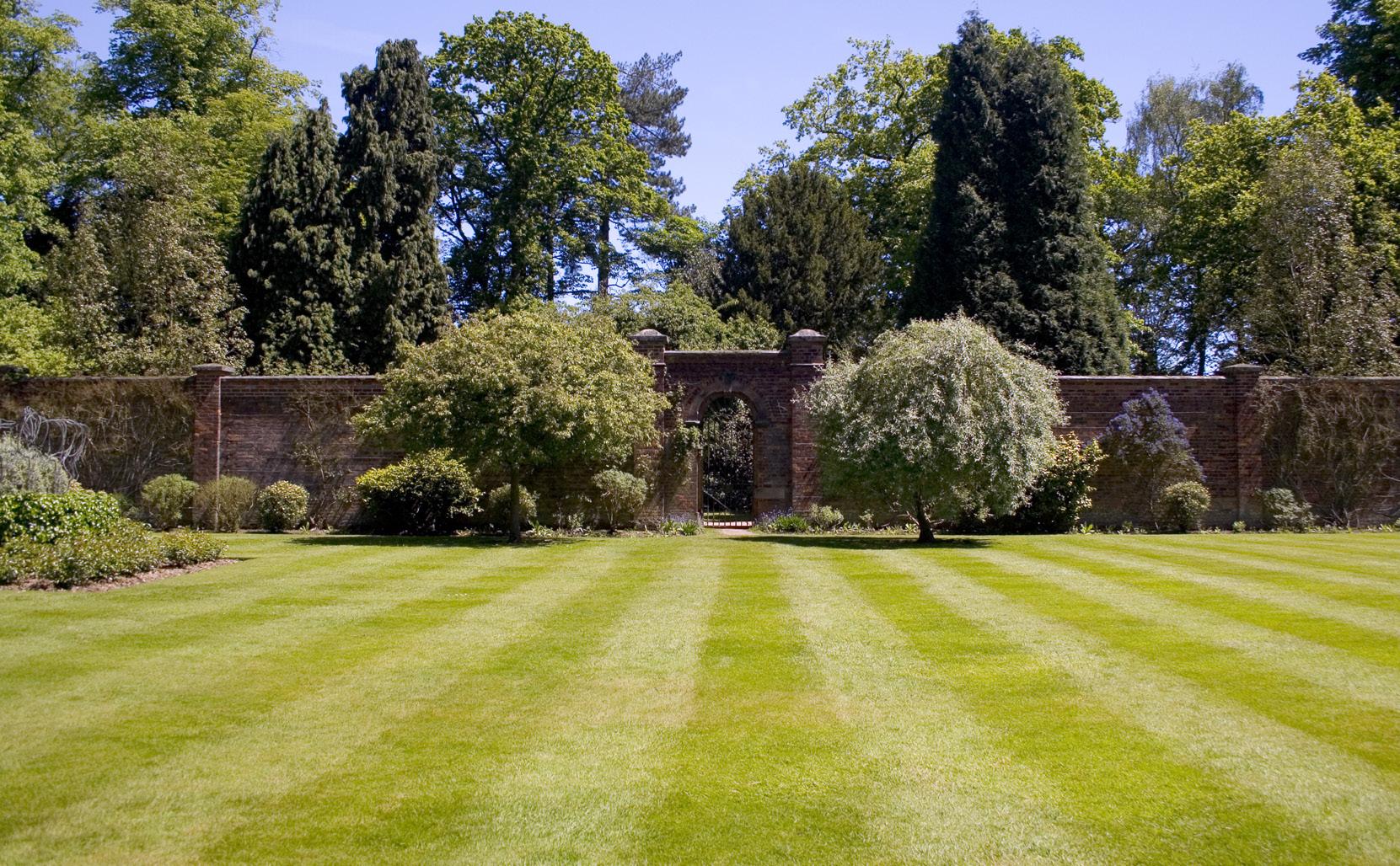
Stars and Stripes Forever by Anonymous
A customer asked me what kind of seed we were going to put on her lawn. I replied, “a mixture of Tall Fescue, Perennial Rye with some Bluegrass.” She said she wanted none of that, she wanted the “Stripe-y Lawn Seed”. I asked, “Where did you see that?” She replied, “Can’t you see those beautiful green stripes on my neighbors lawn? Hers only last a few days though. I want mine all the time...”...True story.
35 www.NJLCA.org





found at 685 Wyckoff Ave Wyckoff NJ 07481 Tel: 201-891-3500 | Fax: 201-891-0220 www.bergenbrick.com OUTDOOR PORCELAIN TILES LARGEST STOCKING DISTRIBUTOR IN TRI-STATE AREA WITH OVER 100 STYLES AND COLORS! ADD BEAUTY AND VALUE TO YOUR CLIENT’S HOME TODAY!

FALL: NOT JUST FOR PUMPKIN FLAVORED COFFEE
 by Nick Tristani, Aquarius Supply
by Nick Tristani, Aquarius Supply
Hello everyone, I hope the summer has been kind to you so far. The most problematic issue this summer after speaking with many of you isn’t regarding turf, rather labor shortage. I’m not an economist nor a labor expert, so we won’t go there. I will, however, go over some tips and information on getting your lawns in tip top shape for fall and over the winter.
As depicted in the picture, fall is cool season turf’s best friend. The official start of fall in 2021 is September 22nd (in northern hemisphere) and this is the time for cool season turf to recoup from the summertime stresses of excessive heat, insect damage, disease, pet damage, and other stresses the turf has been through. The topics we will be going over in this article are seeding, fertilization, and herbicides.
Seeding
Overseeding is a great practice to introduce new plants into the lawn and rejuvenate an existing lawn. The pure live seed (PLS) in a bag is a great way to understand how much germination is to be expected from a bag. Pure live seed is defined as the pure seed in the lot that can be expected to germinate under strict laboratory germination test conditions.
On the next page is a seed label of our athletic mix seed. To calculate the PLS of this bag, take the pure seed percentage and multiply it by the germination percentage. Then, multiply that number by 50 lbs and that is the pounds of pure live seed in the bag. The following math is to calculate the amount of PLS in our athletic mix.
37

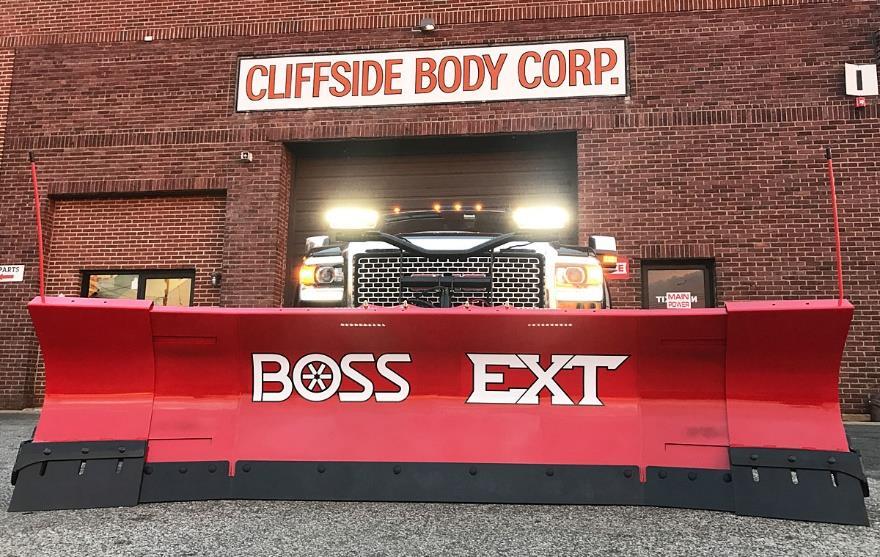
Established 1919 201-945-3970 www.cliffsidebody.com Fairview, NJ 07022 130 Broad Ave. Landscape Bodies Dump Bodies Utility Bodies Crane Bodies Chipper Bodies Stake Bodies Snowplows Salt Spreaders Brine Systems Hooklifts Liftgates Service Cranes
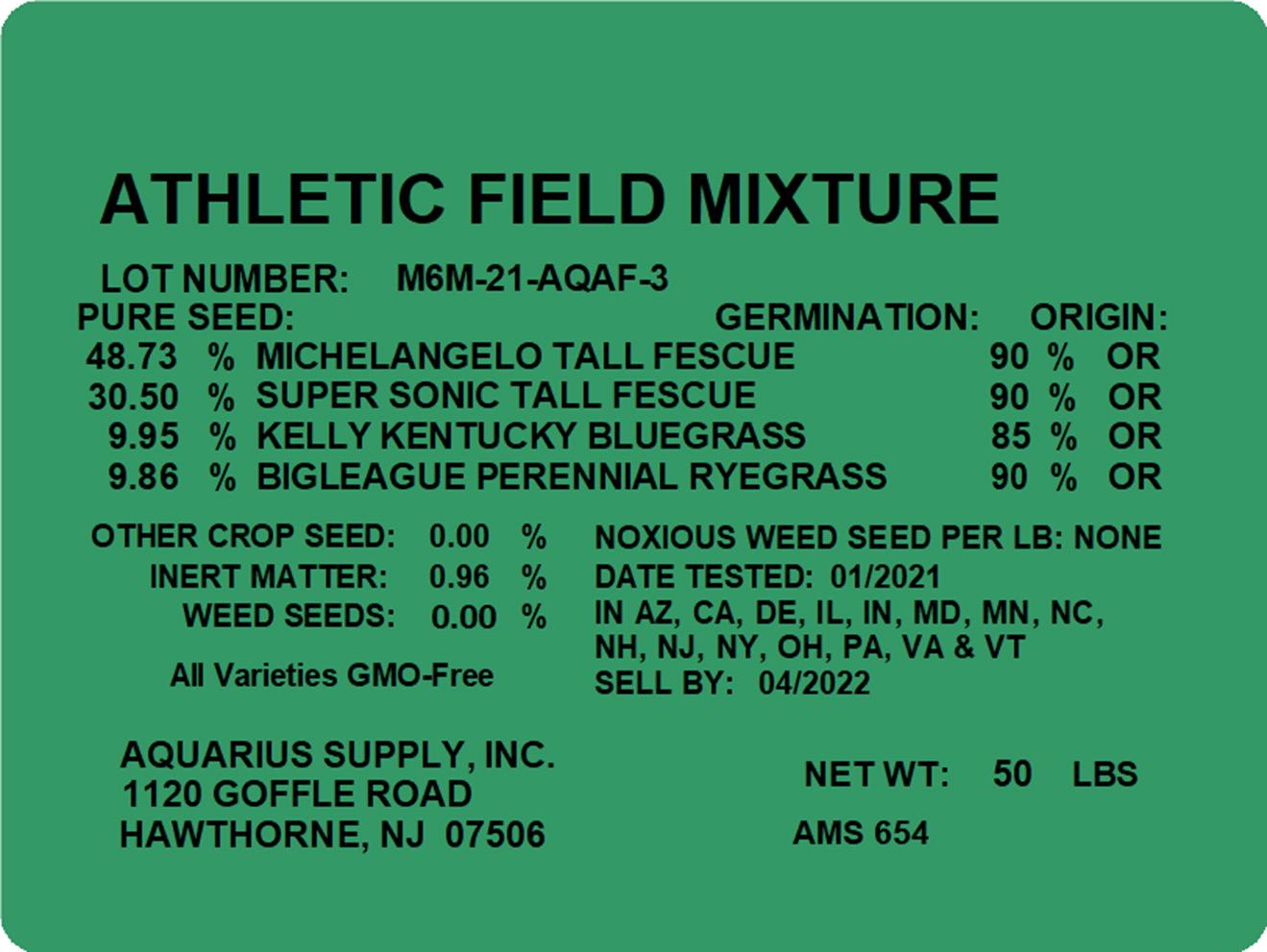
• Michelangelo Tall Fescue .4873x.9x50= 21.93 lbs PLS
• Super Sonic Tall Fescue .3050x.9x50= 13.73 lbs PLS
• Kelly Kentucky Bluegrass .0995x.85x50= 4.23 lbs PLS
• Bigleague Perennial Ryegrass .0986x.9x50=4.44 lbs PLS
Adding all the PLS values, we get 44.33 lbs of PLS. If you went out at a seeding rate of 5lbs/1000 ft2, your PLS rate/1000 ft2 is 4.43lbs. I got this answer by multiplying the seeding rate by the PLS in the bag, which is 88.66% (44.33/50).
It is always a good idea to apply a starter fertilizer when applying seed. New seedlings need 1.5-2lbs of nitrogen per 1000 ft2 in their first two months to help get established. Unless using a starter fertilizer with slow release, I do not recommend applying all the nitrogen at once.
Following up 2 weeks later with a controlled release fertilizer would be ideal.
Fertilization
Applying fertilizer in the fall is an excellent opportunity to feed the turf the nutrients it needs, especially nitrogen. Nitrogen is the most important nutrient for overall turf health. Optimal root growth for cool season turf occurs in soil temperatures ranging from 50-65°F. At 80°F, root initiation ceases. At 86°F, root growth stops, and at 95°F or greater, root hairs die. If you have under fertilized turf and your roots aren’t as healthy as they can be, you are going to have a tough summer. It is inevitable you are going to have your roots dieback in the northeast/ mid Atlantic managing cool season turf. Fall allows you to feed your turf and build up your roots going into winter. Once
nighttime temperatures are in upper 50’s/ lower 60’s, diseases like summer patch, pythium, brown patch become decreasingly prevalent. Adding some organics into your fertilizer program is beneficial because it replenishes the carbon used by the soil microbes to break down the synthetic fertilizer applied throughout the year.
Herbicides
Most herbicide labels recommend 1 month prior to overseeding. One exception to this is quinclorac. Depending on species of grass you are seeding with, you can spray at seeding and kill weeds post emergently and 1 week before seeding. Once air temperatures are 80°F or less, you can start blanket spraying with ester based herbicides to control any broadleaf weeds. Fall is the best time to spray perennial broadleaf weeds, as they send their energy into the root systems.
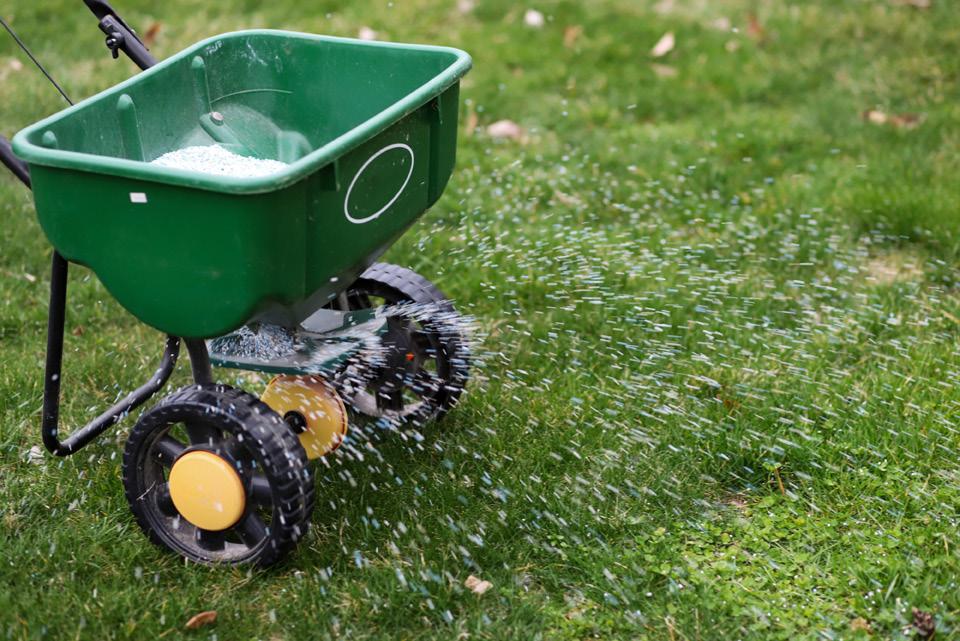
Nick Tristani is Aquarius Supply’s Turf Care Account Manager for the Northeast. He is a Penn State graduate with a degree in Turfgrass Science. Prior to joining the Aquarius team, Nick worked at Brightview Landscapes as a production manager. He has also worked as an assistant superintendent at Merion Golf Club. He can be reached at nick.tristani@aquariussupply.com

Hiring
“Independent Contractors” vs. Employees - NJDOL Fines + Penalties
by Richard Gaynor, Middleton & Co. Insurance
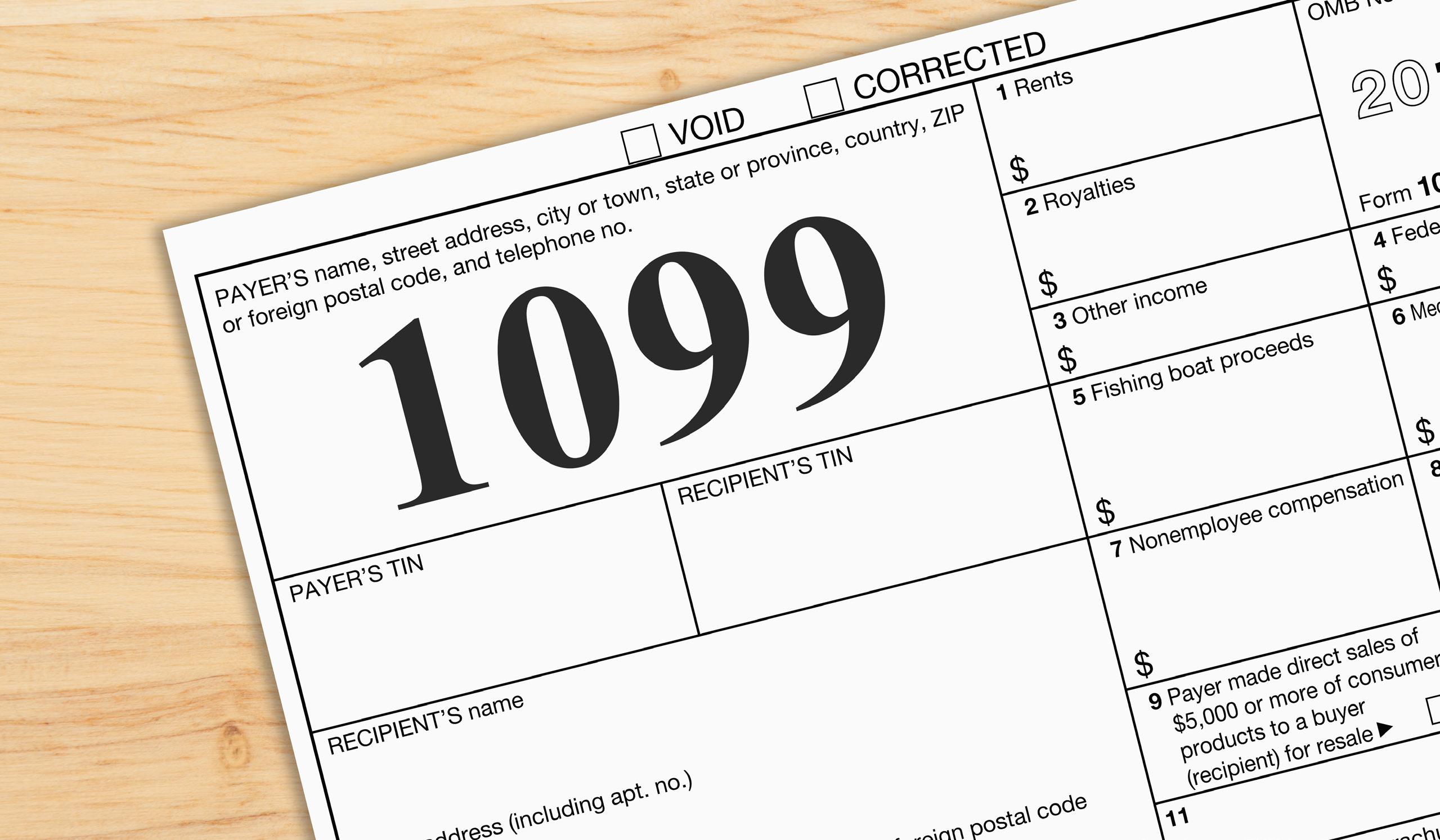
Many of our clients and most business owners have hired independent Contractors, Independent Labor, “1099 Labor” for various jobs and reasons which has been beneficial for both the business owner and the Independent Contractor for a very long time. This year, Governor Murphy signed a package of labor bills that now make this practice difficult and potentially punitive to both parties.
New Jersey has become one of the most aggressive states in the nation when it comes to punishing employers who utilize and classify workers as independent contractors. Individuals who desire the opportunity to “work for themselves” as an Independent Contractor have found it very difficult to do under the NJ rules and litmus test. Now, in addition to facing criminal, civil and administrative penalties, new NJ state laws have significantly expanded the state’s enforcement powers.
Per New Jersey Unemployment Compensation Law 43:21-19(i)6(A)(B)(C), a worker should be considered an employee and NOT an independent Contractor unless all of the tests are met & apply:
PART A: Does the employer direct or control how the assigned work is performed?
If the employer exercises direction and control, then part A of the ABC test can not be met.
• Giving instructions
• Providing training
• Setting your work hours
• Telling you what tools or supplies to use while performing your work
• Hiring assistants
• Specifying responsibilities
• Informing of the sequence of work (telling person to do certain things in a particular order)
• Having the right to fire
PART B: Is the work 1) substantially different from the employer’s usual course of business, or 2) performed outside of their usual place(s) of business?
If the work done for an employer is similar to or the same as the business they usually conduct, or the work is performed in a location/locations where they typically do business, part B of the ABC test cannot be met.
PART C: Is the worker engaged in an independently established trade, occupation, profession, or business that could operate separately and apart from the employer?
Many factors influence whether work can exist separately and apart from the relationship with an employer, includingbut not limited to:
• The amount of work and length of time worked for the current employer
• The number of workers employed by such individual
• Whether the individual pays their own expenses
• Whether the individual works for more than one person or firm
• Whether the individual uses their own tools, equipment, vehicles, or other materials
• The number of other customers and volume of business from other customers
• The amount of work received from the current employer compared to the amount of work received from others for the same services
Fall 2021 40
This latest package of NJ Rules is intended to discourage Businesses/Employers from misclassifying Individuals as independent contractors using fines and penalties.
According to NJDOL, Worker misclassification occurs when an employer hired someone and incorrectly (whether intentionally or unintentionally) treats that person as an independent contractor, rather than an employee as required by law. Employers do not have to pay unemployment taxes, disability taxes, Social Security taxes, wage and hour protections, paid sick leave or workers’ compensation premiums for independent contractors, which is why the state and federal governments take worker misclassification seriously.
According to the New Jersey Department of Labor and Workforce Development (NJDOL), they estimates $535 million in taxes go unreported due to employee misclassification, which is why both the NJDOL and IRS conduct random audits of businesses to check for workers that are misclassified as independent contractors.
New Jersey employers may expect to see an expansion of investigations into this concern for misclassification of employees. Employers should consult with their legal counsel and Insurance advisor to analyze and determine application of these rules and thus avoidance of penalties and fines.
Here is a summary of the legislative changes (penalties & fines) in effective now:
• Assessment of additional penalties for violations in connection with misclassification of employees (AB 5839) –The NJDOL may assess the following:
• An “administrative” misclassification penalty of up to $250 per misclassified employee for a first violation, and up to $1,000 per misclassified employee for each subsequent violation and
• A penalty to be provided to the misclassified worker of up to 5% of the worker’s gross earnings over the past twelve months.
This penalty is in addition to any other penalties & fees that might be assessed for wage law violations.
• Stop-Work Orders (AB 5838) – The NJDOL is permitted to issue stop-work orders for violation of wage, benefit, or tax law. A stop-work order would require an employer to cease all business operations at every site where the violation occurred and will remain in effect until the NJDOL releases the order. The NJDOL may also assess a civil penalty of $5,000 per day against an employer for each day that it conducts business operations in violation of the stop-work order.
• Joint Liability (AB 5840) – Under the law, employers and staffing agencies are jointly and severally liable for violations of the state’s wage and hour and employer tax laws, including those laws regarding the misclassification or workers. Additionally, owners, directors, officers and managers of the employer may be held individually liable for their role in misclassifying workers.
• NJDOL Website Posting (AB 4226) –The NJDOL is permitted to post on its website a list of any “person” who is found to be in violation of any New Jersey wage, benefit, or tax law, and
that person will be prohibited from contracting with a public body until the violation is resolved with the Commissioner. Person is defined as any natural person, company corporate officer or principal, firm, association, corporation, contractor, subcontractor or other entity engaged in contracting.
• Sharing of Tax Information (AB 4228)–The state Treasury Department is permitted to share categories of otherwise confidential tax files including tax information statements, audit files, reports, returns, or reports from investigators to the NJDOL to assist with investigations or enforcement actions.
• Posting Requirement and Cause of Action for Retaliation (AB 5843)- Beginning April 1, 2020, New Jersey Law will require businesses to conspicuously post notification on misclassification, “in a form to be issued by the commissioner.” In May, the NJDOL issued a form notice poster for employers to use. We anticipate the NJDOL will publish guidance or a regulation addressing the issue of electronic posting or distribution of the notice in light of current work-from-home orders.
• Cause of Action for Retaliation – This new law also creates a private cause of action for discharge or discrimination against employees or contractors who inquire or complain about misclassification. The law also requires the employer to pay the aggrieved employee for any lost wages and benefits, attorneys’ fees and costs, and punitive damages of up to 200 percent of their lost wages and benefits.

www.NJLCA.org 41
10 Objections to Adding Live Chat to Your Website (& What I Think)
by Chad Diller, Landscape Leadership

Happy customers…. Check
Who love spending money with you… Check
Who rave about you to their friends… Check
These goals are what inspire your team to stay productive.
But sometimes, customer experience doesn’t reflect what you’re trying to accomplish.
• They think you don’t care about them.
• They say you’re too expensive.
• They tell friends you’re difficult to work with.
I get it. Over my past 20+ years in the lawn and landscaping industry, I’ve seen these admirable goals collide with busy, frustrated customers.
This compounded when the modern digital age rapidly changed consumer behaviors and raised their expectations.
I distinctly remember three critical trends that impacted this over the past two decades.
• Contact forms were added to websites.
• Mobile phone numbers and emails appeared on business cards.
• Lawn and landscape companies joined social media.
I’m only 44 but reading this makes me feel more like 84. Sheesh...where did the time go?!
Three communication shifts and the wheels of change began to spin faster
and faster. Is the lawn and landscape industry keeping up?
What’s at stake if we are still communicating as we did 10 years ago? Are website forms, mobile phones, and social media enough?
I don’t think they are.
Now there is a fourth communication trend becoming more prevalent...live chat on websites.

Fall 2021 42
What’s that? You don’t like it and aren’t interested in adopting this communication channel? Your opinion may not matter.
Resisting change adds friction to the modern customer experience. And where friction is found you’ll find heat, stress, and something often breaking (i.e.- your customer relationship).
Today, we are going to evaluate a potential solution to reduce friction. It can help your customers feel that they are more important. It may help them to feel that your services are worth paying more for. And, it could be part of a strategy to turn your customers into raving fans.
It’s a tall order to say that adding live chat to your website could do that. Hang in there with me...
10 Objections to Adding Live Chat
conversation to the right team member or efficiently give the website visitor the option to find the right online resources.
That is if someone designs them well.
If you do choose to use a chatbot, it should be very easy for website visitors to use a chatbot or switch to a live person if they want.
Or, you can just use live chat (with real team members) and NOT use a chatbot.

You may have some objections and concerns about adding live chat to your website. Your concerns are probably legitimate because most companies don’t implement live chat well.
Let’s go through each of these.
1. It Gives a Bad Impression of Our Lawn Care or Landscaping Company
Just because most people fail at implementation, doesn’t mean it’s a case to throw out the concept entirely.
Adding live chat to your website can’t fix a poor customer experience any more than your mobile phone can.
It’s a tool and tools can be used improperly. The tool may be fine. It may just be the way it’s being used.
2. A Robot Can’t Respond Accurately Live chat (with a human on the other end) and chatbots aren’t the same things.
You may have seen chatbots handling entire live chat conversations or until the website visitor gets annoyed enough to type, “I want to talk to a real person!!!”
I do that often.
Chatbots can be part of your process but shouldn’t ultimately replace humans. They can start conversations and route the
3. Nobody Uses Live Chat
Be sure your own personal bias isn’t clouding your judgment.
• 41% of customers expect live chat on a website (50% if they’re on mobile).
• Live chat is expected to grow as much as 87% in the next 12-18 months.
• 46% of customers prefer live chat for digital communication (29% email, 16% social media). (SuperOffice)
Nobody? Think again. You may hate it but today and tomorrow’s buyers want it.
4.
Live Chat is Annoying to Website Visitors
Most live chat tools have options to make this less intrusive. You don’t have to have the chat window open up and start asking questions.

You can just simply show the icon in the bottom corner of the screen and allow website visitors to open it if they’re interested. It’s your call.
Plus, you can customize where live chat is showing up and who is handling it. For instance, if you have a consultation or pricing page, you could just have a chat bubble appear on that page and have only the sales team handling those conversations directly.
5. It Takes Too Much Time to
Set Up
Our clients use HubSpot which has a great “Conversations” tool that has simple options with a setup wizard that guides you through the process.
In less than 30 minutes of setup and a 30-minute training session, I have set up live chat for clients.
Other plug-ins exist for website platforms like WordPress and others. They don’t take long to set up, either.
6. It’s Too Hard to Manage
This is another misconception. Consider these points:
• The best live chat platforms allow you to set default times it is available on your website.
• Users can sign out for lunch breaks, etc. If no one is available, the live chat window doesn’t appear as an option.
• Great live chat platforms have great reporting so you can monitor how long it’s taking reps to respond (or making themselves unavailable).
• If you have a company meeting, you can turn off live chat entirely, with a click of a button.
You’ll just need a process to hold your team accountable. In fact, I’d suggest you can measure this more easily than how they’re handling phone or email conversations.
7. The Cost Isn’t Worth the Return on Investment
Various platforms range from $20$50/month per user. If you use a great CRM like HubSpot, this tool is included for FREE in their free CRM.
Software costs, setup and usage time, and training are minuscule. Plus, “79% of
www.NJLCA.org 43
Joshua Tree uses live chat on their website to communicate with customers and prospects
(Rock Water Farm Landscapes & Hardscapes uses live chat with a small chat icon)


businesses said that implementing live chat resulted in increased customer loyalty and sales revenue.” (SuperOffice)
8. Live Chat is a Waste of Time
Let’s talk about your team’s time and then about your customer.
Your Team’s Time
Some of you reading this aren’t speedy typists. The thought of hammering a keyboard may seem overwhelming. However, there are efficiencies to be found with using live chat instead. You may even find it takes less time than being on the phone.

Your Customer’s Time
I would encourage you to also think carefully about how live chat can stop wasting your customer’s time.
They want quick answers. They don’t like playing phone tag and sending multiple emails. The average response time for email is 12 hours, 10 hours for social media (SuperOffice). Who knows how long it’s taking your team to return phone calls?
Live chat allows you the potential to answer questions quickly and forward conversations to the rest of your team with ease.
9. Live Chat Isn’t Very Personable
“The 7-38-55 rule is a concept concerning the communication of emotions. The rule states that 7 percent of mean-


For example, in HubSpot, these are called “Snippets”. You can simply type something like #pictures and you could insert a longer sentence/explanation (even with links to other pages on your website).
“Most live chat software enables you the ability to create hotkeys or hashtags to insert phrases, questions, or even paragraphs of text as responses.”
Fall 2021 44
ing is communicated through spoken word, 38 percent through tone of voice, and 55 percent through body language.” (MasterClass)
So we already know that taking a phone call vs. face-to-face is making us 45% as effective. With chat/texts/ emails are relying on typed words to have a good conversation that will convey your intentions and understand that of your customer.
That sounds scary and frustrating. I want to do whatever I can to help you succeed.
Now read that last sentence again. Simple empathetic statements like this in a live chat conversation may communicate more than you think.
You’re right, sometimes there’s no substitution for hearing someone’s voice. But, you can also be more intentional about your written communication.
10. Live Chat Will Mean Fewer Successful Phone Conversations
It’s not either/or. Live chat can be one possible on-ramp to your customer service or sales process.
You can start a conversation over chat and move it to the phone after you collect some info. Build some rapport and then make them feel like you can help them even better over the phone if you wish.
Plus, how are you measuring if a phone conversation is successful anyway?
Are you recording your team’s phone conversations and regularly using them as examples in training? I’d venture a guess to say the majority of you are not. Even if you’re listening to reps nearby, you’re only

hearing half of the conversation. Every word of a live chat conversation is right there for you to review.
What about more sales? Chatters tend to spend 60% more and are 2.8x more likely to end up purchasing if live chat is handled properly. Adding a live chat feature on your website is said to lead to a 20% increase in conversion rates. (Campaign Monitor)
The Verdict on Live Chat for Lawn Care & Landscaping Companies
Let’s recall our goals from the beginning:
• Make customers feel more important.
• Be paid a premium price for your services.
• Turn customers into raving fans.
Live chat is one way to do this. If studies are showing today’s buyers avoiding

the friction of phone calls and in-face meetings, do you have another alternative like this? How will you know unless you try?
• Your customers want quick answers. Make it easier to do business with you.
• Many customers multitask at work or at home. Chat may be perfect for them.
• Most of your competitors aren’t offering live chat or aren’t doing it well. This is your chance to stand out.
• When your customers see you respond within seconds with a meaningful answer, eventually they’re going to tell someone how you solve their problems so quickly.
Try it. Get good at it. Let me know how it works out for you and your customers.
Chad Diller is the Director of Client Success for Landscape Leadership. Prior to joining our team he served as a marketing manager for one of the Top 150 Companies in the Green Industry.

In addition to his vast marketing experience, he also has held certifications such as an ISA Certified Arborist and Landscape Industry Certified Technician. He currently resides in beautiful Lancaster County, PA.
www.NJLCA.org 45
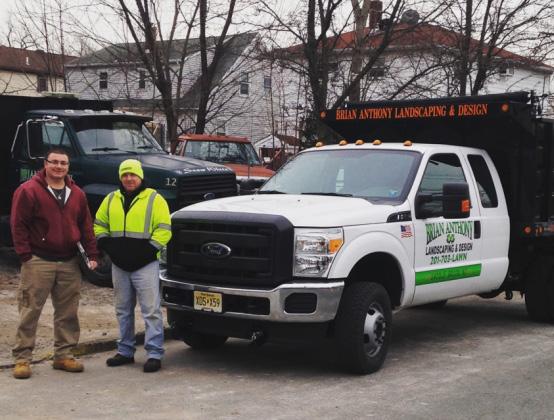
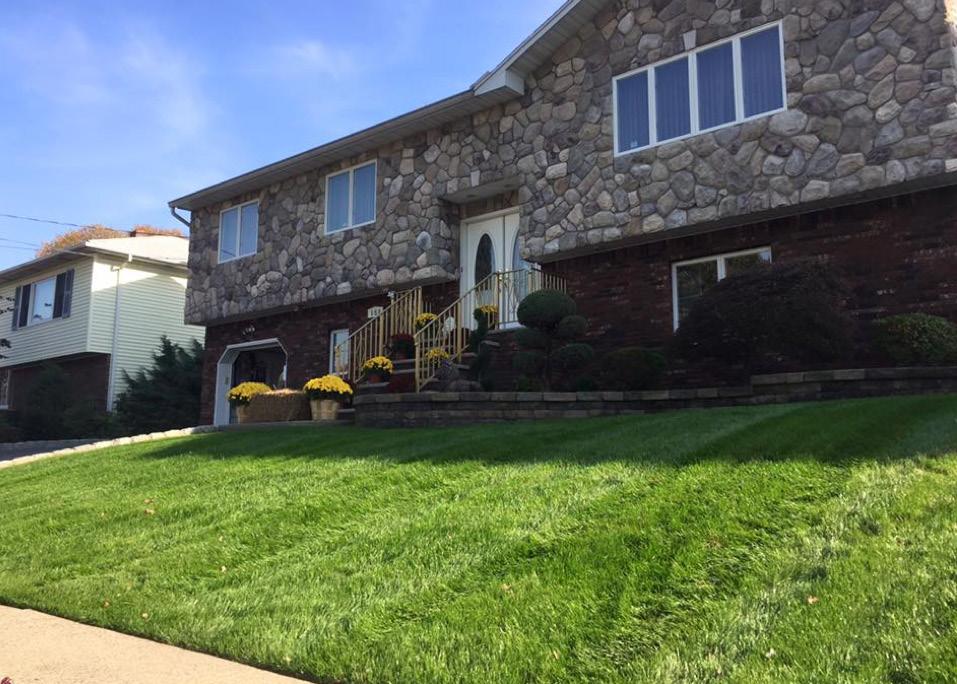
CONTRACTOR FOCUS: BRIAN ANTHONY LANDSCAPING
President/Owner John Tuohy has owned Brian Anthony Landscaping & Design since 2005. He began the company by starting a snow removal business which led to cutting lawns with a mower and a pick-up truck. John is well versed in all aspects of horticulture including disease, perennials and conceptual design. He has also been a mentor to many other people in the industry including his business partner Eric Nasello, who started working for the company at the age of 18 before becoming his business partner.
President/Owner for over 5 years, Eric Nasello has been a great asset to Brian Anthony Landscaping & Design. Eric has been exposed to and learned all aspects of the landscape industry during his career at Brian Anthony. Site planning, design, sales, grading, drainage, masonry, construction, excavation, planting, irrigation, lighting, project management, customer service, and education are all areas he manages and oversees for the company. Most importantly, Eric is currently furthering his education at the New Jersey Institute of Technology pursuing a degree in Construction Engineering to better the future of Brian Anthony Landscaping & Design. For more info, visit www.briananthonylandscaping.com.
“It is our mission to deliver the highest level of service, creativity, integrity and customer service. We pride ourselves in listening to the needs and wants of our clients.”
46 Fall 2021
Eric Nasello and John Tuohy, Owners of Brian Anthony Landscaping of Elmwood Park, NJ (above) and one of their landscape projects (right)
ASSOCIATE FOCUS: BARTON NURSERY
Barton Nursery, a family owned business, has provided one stop shopping for the professional landscaper for over 40 years. They offer over 16 acres of plants and trees, plus an extensive line of hard goods including both Plant Health Care and Tree Gator Products. In addition to their Edison location, they have growing facilities in Cranbury, Robbinsville and South Brunswick, where they plant and harvest an extensive variety of shade trees, ornamental and woody trees, specimen conifers and shrubs. They also sell large caliper trees and offer delivery if needed.
Barton has been a member of NJLCA for the past ten years and actively participate in the NJLCA’s trade shows.
The Barton Staff says, “Our goal is to provide our customers with a large variety of high quality nursery stock at a fair market value. We strive to load, tarp, and invoice our customers in a timely manner.”
For more info, visit www.bartonnurseries.com


“Barton Nurseries provides many different services which can help our customers find what they need in a professional and timely manner.”
47 www.NJLCA.org
An overview of Barton Nursery in Edison, NJ. (Photo: Barton Nursery)
Barton Nurseries at the Landscape New Jersey Trade Show in 2018.

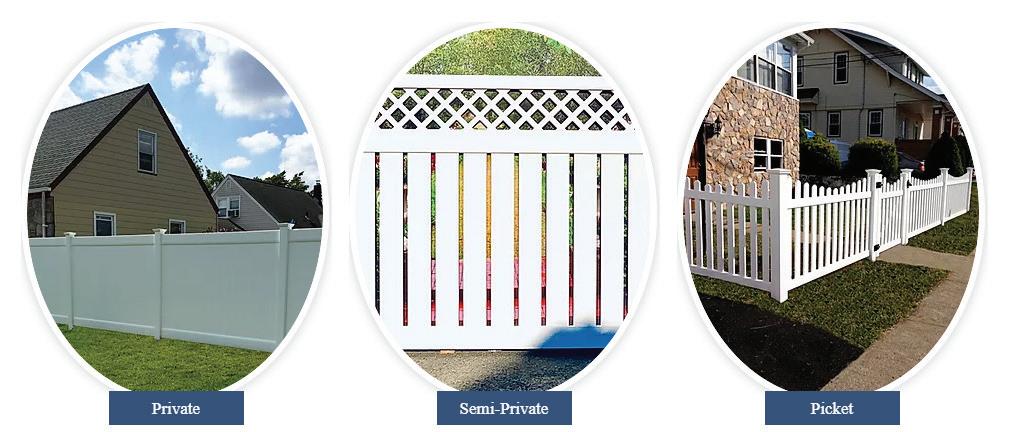
www.mrcfence.com
Why Choose Mr. C. Vinyl Fence?
• VOTED #1 FENCE MANUFACTURER
AND INSTALLER IN NEW JERSEY
• Mr. C.’s vinyl fence is the perfect choice if you are looking for a fence that is lowmaintenance, and eco-friendly and nontoxic.
• Our fences will not require painting nor will they corrode, rot, rust or decay.
• Our vinyl fence is also resistant to damage from acid rain, mold, mildew stains and splitting.
• Mr. C. Fence manufactures all of our vinyl fences in our Garfield, NJ factory.
• If you are looking for beauty, class, protection, durability, and longevity in a fence, contact us at Mr. C. Fence. You won’t be disappointed!
• Our unique/proprietary vinyl fence construction combined with the highest quality product and overall durability eliminates the most common causes for repair, weather and termites.
• With your exact measurements Mr. C. Fence can guarantee your order will be precise.
™
info@mrcfence.com 973-478-8885


WELCOME MEMBERS...
A warm welcome to our new and returning members
A. Cossa Landscape Design
Andrew Cossa
Cranford, NJ
Arctic Risk Specialists, Inc.
Thomas Nastasi
Toms River, NJ
Bergen County Academies
Clare Kennedy
Hackensack, NJ
Garden Culture NYC, LLC
Tim Kerins
Jersey City, NJ
Landscape Materials, Inc.
Douglas Urbano
Hillsborough, NJ
Marshall Management Group
Adam Goldstein
Mount Laurel, NJ
The Weather Pros
Rob Guarino
Syracuse, NY
Mission Statement
The New Jersey Landscape Contractors Association (NJLCA) is a proven resource to the landscape contractor, green industry service provider and supplier, as well as the consumer. We are a community of green industry professionals who are dedicated to advancing the integrity, proficiency and continued growth of the landscape and green industry. We do this through education, training and legislative advocacy.
New Jersey Landscape Contractors Association represents the entire Green Industry in New Jersey including landscape contractors, landscape architects, sod growers, nurseries, growers, garden centers, horticulturists, floriculture and the industries that supply them.
Through educational seminars, trade shows, social events, networking opportunities, membership meetings, magazines and professionalism in all that we do, the Association is able to fulfill its mission.
49

MANAGING LEAF SPOT DISEASES IN THE LANDSCAPE
by Bill Errickson, Agriculture Agent - Rutgers Cooperative Extension of Monmouth County
“Because the majority of leaf spot pathogens overwinter in infected plant material, the key to reducing their infection potential is proper fall cleanup and landscape sanitation practices.”
Leaf spot diseases are one of the most common problems that affect landscape plantings in New Jersey. There are many different types of pathogens that can cause leaf spot symptoms and there is a broad range of ornamental plants that can be affected. Most leaf spots are regarded as cosmetic issues, rather than a disease that is life-threatening to the plant. However, high levels of leaf spot can lead to premature leaf drop and can reduce the amount of green, photosynthetically active area on the leaf surface. This ultimately causes a reduction in the amount of carbohydrates that the plant is able to produce and that means the plant is not growing to its full potential. Nonetheless, clients and customers would also prefer not to have unsightly leaf spots on their plants and in their landscapes. Managing these diseases as part of a successful IPM program starts with an understanding of the pathogens, followed by proper fall sanitation and cultural practices to prevent outbreaks in the following season.
Most leaf spots are caused by several different genera of fungi, including but not limited to Alternaria, Cercospora, Diplocarpon, Phoma, Phyllosticta, and Septoria. There are also bacteria that can cause leaf spot (Psuedomonas and Xanthamonas) and even foliar nematodes (Aphelenchoides). Some common ornamental species that are affected by leaf spot pathogens include maple, hydrangea, cherry, crape myrtle, redbud, viburnum, oak, and rose, though there are many other plants that can also be infected.
The symptoms of leaf spot diseases can vary depending on the host plant and which pathogen is causing the infection. Leaf spots
Fall 2021 50
Black spot of elm. Photo: Richard Buckley, Rutgers PDL
may be black, brown, tan, yellow, or reddish in color and can vary in size from several millimeters to several centimeters in diameter. Some leaf spots may be completely circular, while others may be irregular in shape, and some lesions may even drop out of the leaf, resulting in a shot-hole appearance. As the disease progresses, the lesions may coalesce. The leaves may turn yellow, then brown, and drop from the tree, resulting in premature defoliation.
Many of the fungal pathogens that cause leaf spot diseases have a similar life cycle, in which the pathogen overwinters in the infected fallen leaves. In the spring, spores are released and dispersed by wind or rain onto new leaf surfaces. The pathogen will then infect the new leaf and start growing, though symptoms will usually not occur until later in the summer. This is why applying fungicides is not particularly effective in curing leaf spot diseases in the middle of the summer, as the infection had already taken place months earlier. A cool wet spring will be most conducive to pathogen development, so keeping foliage as dry as possible by avoiding overhead irrigation and promoting airflow during this period through proper pruning and plant spacing is important for managing the disease. Encouraging optimum site conditions and plant vigor through proper fertilization and water management is also important for helping the plants to resist leaf spot, as infection is more likely to occur on plants that are experiencing
other forms of stress.
Because the majority of leaf spot pathogens overwinter in infected plant material, the key to reducing their infection potential is proper fall clean-up and landscape sanitation practices. Removing any diseased leaves or other plant debris from the landscape is critical to limit the population of pathogenic organisms that will infect next year’s newly emerging leaves. After the leaves are removed, properly applying a thin layer of mulch around the base of trees and shrubs or in planting beds can also help to reduce spore dispersal and encourage decomposition of any remaining plant debris that may have been infected.

In landscapes that have a history of heavy leaf spot infection, a preventative spring fungicide application may be warranted at bud break, when new leaves are emerging and infection potential is high. However, it is important to have an accurate diagnosis of which organism is being targeted, as certain materials may or may not be effective in controlling the many different species of pathogens that cause leaf spot, and the product must be labelled for the intended use. Additionally, there are several biological products that can be used as protectants, though again it is essential to understand which causal agent is being controlled before applying any materials.
While the majority of leaf spot diseases in the landscape are primarily aes-
thetic problems, they can be effectively managed with proper cultural practices and landscape sanitation. Attention to detail during fall clean-up, proper pruning, increasing airflow, and optimizing site conditions for the plant species being grown will reduce leaf spot issues in the following season. An ounce of prevention is worth a pound of cure when managing leaf spot diseases and customer satisfaction will be sure to follow.
Bill Errickson is the Agriculture and Natural Resources Agent for Rutgers Cooperative Extension of Monmouth County with a focus on sustainable nursery production, turfgrass, and agricultural innovation. He has worked in various aspects of the horticultural sector for the past 16 years, including operating his own diversified farm in coastal Maine and growing bare-root nursery stock for Fedco Trees. He has led courses focused on sustainable horticulture and soil fertility for commercial growers, homeowners, and college students throughout New Jersey and New England.

www.NJLCA.org 51
“Football” shaped leaf lesions of leaf spot and melting out of Kentucky bluegrass. Photo: Sabrina Tirpak, Rutgers PDL
Septoria leaf spot on red twig dogwood. Photo: Richard Buckley, Rutgers PDL
Don’t Run Away from Permeable Paver Maintenance Questions
by Daniel Moreland, GBCI GREEN AP, CSI CDT & CCPR, NCMA CMT
After 18 years of representing the concrete paver industry, the #1 bogeymen lurking behind permeable interlocking concrete pavers (PICP) has traditionally been maintenance. In a call a few years back to a New Jersey Township Engineer I was told they weren’t accepted in his township because “Permeable pavers are permeable . . . .until they clog and they aren’t permeable anymore.” In the past, the fear of maintenance seemed to be an objection almost impossible to overcome.
Things have changed in our industry and in the design community over the past several years. Thanks to an abundance of research we have learned that not only ALL SCMs (stormwater control measures) require maintenance, but permeable pavers are one of the easiest SCMs to maintain and one of the most easily observable to indicate when certain types of maintenance are required.
Before we continue, it is instructive to briefly describe what a PICP is. The concrete block pavers are usually 3 1/8” thick with large built in spacer bars or shaped in such a way that the joints or voids can accept a 3/8” clean open graded #8 stone or something very similar in size. No sand and certainly no stone dust is used in these openings. The paving blocks sit on 2” of the same #8 stone as a setting bed. If you are an experienced installer and noticing no sand or stone dust is used, you are on the right track: the purpose of that is when there is a rain event, water travels vertically downward through the stone, not run off the surface.

Neither sand or even worse, stone dust is a free-draining material.
This setting bed sits on top of 4” of compacted #57 clean stone on top of minimum 6” base reservoir of #2-3 railroad ballast. Unlike sand set systems, which use approximately 90% or more of the concrete pavers sold in this market, the subgrade is typically NOT compacted as to accept the rainwater. There are variants of this design and the Interlocking Concrete Pavement Institute (ICPI) strongly recommends an engineer design even a residential PICP.
When incidental sediment enters the joints/voids, it reduces the ability for water to travel downward, creating possible ponding via clogging. It’s important that we educate the design community that permeable pavement systems do not clog themselves. The sediment that reduces infiltration rates must be introduced by an outside source. I like to show a dirty car air filter to my design audience and ask if the filter did its job. The answer is yes and thank goodness that air filter captured all that dirt that could have damaged the car engine. Permeable pavements that clog should be thought of in the same way: while we would prefer they DIDN’T clog, they have prevented the sediment and many pollutants from entering our water cycle if they do.
Here’s the good news: That sediment is easy to get to and remove. More on that shortly but let’s also relay the proper messaging on maintenance. To maximize infiltration, the ICPI recommends routine
maintenance for all PICPs regardless of performance. This includes using a street sweeper/regenerative air sweeper on the surface, or similar smaller equipment, 1-2 times a year to remove any normal sediment loading from the surface. For residential customers a similar effect can be achieved using a leaf blower. Observation of the performance of the pavement can be as easy as checking for any standing water on the pavement after an intense rainstorm. If there is repeated ponding, that is when we start considering restorative maintenance.
With restorative maintenance, we are seeking to re-instate the high infiltration rates permeable pavements can produce by removing sediment from the clogged areas where the joints/voids have been contaminated. Photographic evidence from the EPA, E.P. Henry, North Carolina State University and others show that most of the sediment gets captured by the stone between the pavers at a maximum of the first inch or so below the top of the joint. A vacuum sweeper has been demonstrated to remove up to 3” of material from the joint, which is then refilled with more clean stone.
A new, well maintained permeable pavement should offer infiltration rates of over 500” per hour as per ASTM 1781. A recent study from the University of Toronto has demonstrated that vacuum equipment can restore infiltration rates back to these rates. For harder to access or smaller permeable pavements equipment is offered by companies such as Pave Tech and Badger (pressure
Fall 2021 52

washing should never be used though light water pressure may be used to lubricate the jointing materials for more efficient removal). Contractors that offer permeable pavers may want to research this equipment and consider offering permeable paver maintenance as an add-on service that will help alleviate customer and municipality fears about maintaining infiltration rates (countering the “client will never maintain it!” response), as well as create a revenue source for the company. If not feasible, perhaps consider a business partnership with one of several companies across the United States that clean porous systems.
The time has come where we as an industry no longer need to run away and hide when a local municipal official brings up maintenance as it regards to permeable interlocking concrete pavers. As a matter of fact, in 2021, it should be a selling feature since permeable pavers don’t clog themselves, and when they do, few stormwater control measures are easier to observe and maintain than this technology.
If questioned or running into resistance because of this issue, feel free to contact the ICPI or myself. Technical papers, studies and testing results are readily available that demonstrate the science behind successful and straight-forward permeable pavement maintenance. Now go out there, and sell the Good News about Permeable Pavement Performance and Maintenance!
DRAINage on the BRAINage
by Joe Bolognese, SiteOne Landscape Supply
What a summer! It seems like if it wasn’t ferociously humid and high temps, it was raining cats and dogs. Rain, as we are well aware, can be as destructive as it can be beneficial. And like most services that Landscape Contractors offer to their customers, drainage is a very important part of them. As we have seen with the effects of Hurricane Ida that has pummeled the east coast in the states of New Jersey, New York and Pennsylvania to name a few, Drainage played a key factor in how a property fared after the storm. There are some simple solutions to common problems that occur with improper or no drainage present. Pooling of water in high traffic areas can be dangerous especially in colder climates where freezing is an issue. Also standing water can erode areas over time and also become a breeding ground for mosquitos and other insects. Using catch basins and channel drains is one way to collect and divert water to areas for collection and retention. Keeping your foundation dry and free from run off water is ideal to stop basement and foundation leaks. Newer advancement in pipe engineering has allowed manufactures to provide French drain style pipe that requires no backfilling of rock media. Pre wrapped pipe with “engineered fill” makes installation and completion of outdoor French drains quick and easy as well as affordable with an approximate 40% - 50% savings on material cost to the contractor that can be passed on to the consumers bottom line. With these and many more options available to the contractor, ask or visit your Landscape/ Irrigation supplier to assist you in designing the right drainage solution for you today. Stay safe and “Keep Growing Every Day with the NJLCA!”
Daniel G. Moreland, LEED GA, CCPR has been quoted in Philadelphia Magazine and other publications, and lives in Allentown, PA with wife Stacy and six cats. Dan is currently a Belgard Architectural Representative for Oldcastle APG, Inc. a company he was worked for almost 18 years. He has worked on hardscaping projects with some of the world’s top architectural and engineering firms from Manhattan and the Northeast United States. Dan is an ICPI (Interlocking Concrete Pavement Institute) instructor that has taught in 5 states including several times at Hardscape North America. He is a member of the ICPI Technical Committee and Chairman of the ICPI Commercial Promotion Team Advisory Committee. He holds a B.S. in Education from Kutztown University of Pennsylvania.

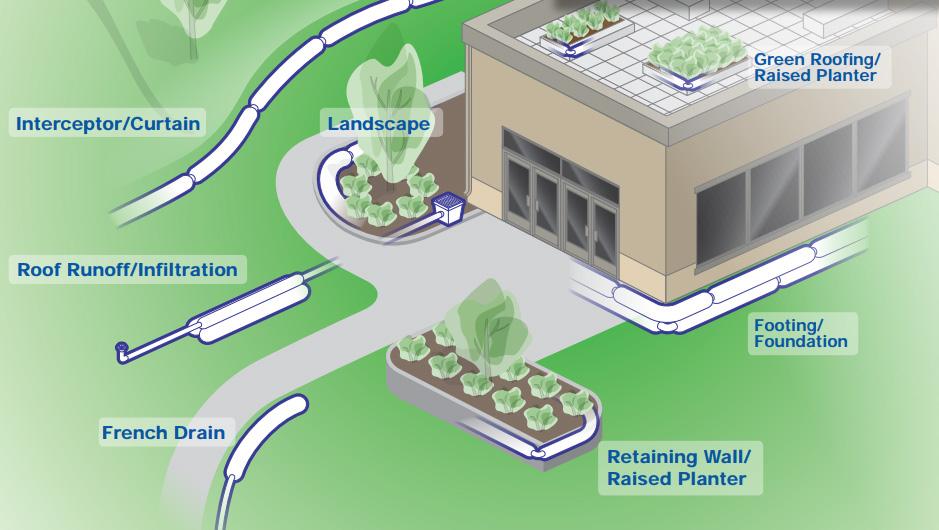
Joe is a Counter Service and Sales Representative at SiteOne Landscape Supply in Mahwah, NJ. He is a past Vice President and current Member of the NJLCA Board of Directors. He Chairs the By-Laws, Education, Licensing/ Certification & Scholarship Committees. Joe has been an active member of the NJLCA for 20 years and has over 25 years experience in the Landscape & Irrigation Industry, working for several well known distributors including John Deere Landscapes, Shemin Nurseries & Atlantic Irrigation, which are all now SiteOne. Joe is always actively and passionately advocating for the NJLCA Membership through Education.
www.NJLCA.org 53
The Top Ten Reasons Landscaping Contractors Fail

As president of PROOF© Management Consultants, I have been working in the contracting industry for over 30 years. Fifteen years ago, I decided to add the landscape industry to our target contractor list. Since that time, I have a networking group of non-competing landscape contractors plus have spoken to hundreds of contractors on the phone and at numerous conventions. My experience is that the landscape industry has numerous well meaning, nice people who don’t make any money. The following is my top ten list as to why landscape contractors don’t make money:
1. Inaccurate and too low of a price:
The number one reason contractors fail is that they do not charge enough. No other reason comes close. If you are losing money, raise prices. I can’t begin to tell you how many mowing contractors
by Monroe Porter, PROOF© Management
I have talked with that have not raised their prices in years because there is a high school kid that does it cheaper. If people are going to pay you $40 to cut their lawn, they will pay you $42 and that extra 5% will mean a lot to your annual income. Job cost your work and understand where you make and lose money. We have customers with less than 5 employees that make an income of over 100k salary and profit a year. You don’t need to be big to be successful but you do need to know your numbers and understand where you make and lose money.
2. The Farmers Disease: I am a former country boy with kin folk that were farmers.
Most never made any money and all had an equipment fixation. Many landscapers look great with their new logoed trucks and a shop full of equipment but have low
incomes with little or no cash. It is easy to justify buying equipment because in your mind it will save your labor and do work faster which will make you more money but you cannot pay a bill by offering a supplier a tire from a skid steer. To make matters worse, accelerated depreciation rates have made this worse. Rather than pay taxes at year end, many contractors buy a truck or piece of equipment and expense the entire amount. While this sounds good, in many cases you are merely postponing taxes rather than avoiding them. If you buy that equipment with a payment plan, you are going to be making payments with after tax money because you have already taken all the depreciation. Make money and use that money to buy equipment and make more money. Don’t try to make money with the false hope that another magic piece of equipment will make you profitable.
Fall 2021 54
3. No monthly financial review: Each and every failing contractor I have met ignored the importance of having a meaningful monthly financial meeting.
Yes, many had poor records but records only get better when you stop, briefly analyze them, question what is going on and seek answers. Contractors should review a monthly profit and loss statement, a balance sheet, receivables, payables, review job costs and sales closing ratios. Just like any other sport, contracting is a process where you need to keep score.
4. Poor crew management: Once you step off of the job as owner, you must have someone take your place. This means someone must be able to think and work like you. Such employees do not grow on magic trees and are not easily hired. It takes time to development them. In addition, many landscapers have too large of a crew. We have proven over and over again to our customers it is nearly impossible to make money with large maintenance or install crews.
5. Too much diversity: Trying to be everything to everybody almost ensures you will be nothing to nobody.
Landscaping activities cover a broad array of activities. Just because your customer asks you to do something does not mean you should. Focus on your core competencies. Understand that what might make a good install company is different than what might make a good maintenance company.
6. Too much design cost: My pet peeve for the landscaping industry is the poor advice many install contractors receive regarding how to manage the design process and sell work.
If you have a 50-100k install, yes, you can spend a lot of time in design and sales but the landscapers I meet are doing lots of $5-10k jobs. You can’t go meet with a customer, go back to your office, make a drawing and then take that drawing back to the customer. It just takes too much time. We run into designer/sales people who work full time and only sell $300k of installed work a year. What in the heck are they doing? Suppose it takes 4 hours to sell a $5000 job and you estimate 6 a
week; that is only 24 hours of sales time. If you sell 2 of those jobs, that is $10,000 a week times 50 weeks a year equals $500,000 in sales. Yea, yea I know, you get a design fee. Who cares; if it takes you too long to sell the work, you still won’t make any money.

7. Poor sales skills: Selling is communicating your craft to help customers fulfill their needs and solve their problems.
Selling is about asking questions, understanding what the customer wants and selling a solution. Selling is not about cheating, lying or misinforming people. Design sales can be quite complicated. If you don’t work to establish realistic expectations, you can spend a lot of time creating estimates people cannot afford. You want to make sure you control the sales creation process, establish what people are willing to invest and design a realistic solution.
8. A sales marketing solution: For many companies that fail, their culture was to sell, sell, and sell. The solution to all problems was more volume. Some companies were actually profitable until they took on this sales driven expansion with little or no control over finances and production. For unprofitable companies, growth is not your friend. If you have a cash flow problem, business growth will require more cash; if you can’t find good employees more growth requires more people. Growth without fixing what is wrong with the business is a surefire path to bankruptcy.
9. Recording customer deposits as sales: Many of these failing companies had cash in and cash out financial mentalities.
To make matters worse, they recorded a customer’s deposit as a sale when it was put into the bank. Customer deposits are not income and should not be recorded as cash and a sale but rather as cash and a liability. Until the work is performed
the customer has merely “loaned” or “prepaid” you the money. In some cases, this deposit was as high as 33%. This gave the illusion of company profit as they were taking gross profit on future sales prior to doing the work. Worse yet, they are using money that was not theirs and committing fraud by using customer deposits to pay for work performed on someone else’s job. This is a particular problem with maintenance pre-paid services. It is amazing how many contractors us customer prepaid deposits to fund loses.
10. Prideful owners in denial: The owner’s were all in some form of denial. Some did not reach out sooner because they were prideful and thought they could fix it themselves. Others had a long history of denial and only came forth when they bottomed out and had no choice. Several heard me speak and reached out not realizing the true gravity of the situation until one of our consultants showed them. Optimism and denial are close cousins. Optimism is hope with a foundation of facts. Denial is hope with a foundation of fiction and false beliefs.
Many contractors are still blaming the 2007 recession for their issues. That was 15 years ago. If your business is not as profitable as you like, look at yourself, focus on the basics and facts to turn it around. If you are losing money, call or email me for help. I am more than happy to offer some free advice by phone.
Monroe Porter is President of PROOF Management and PROSULT Networking Groups for landscapers. For free business help by phone, call him at 804 267-1688.
www.NJLCA.org 55
Blower BansAre we making them happen?
by John Raffiani, Raffiani’s Automatic Sprinklers
I do so love the sight of a beautifully maintained property. Neatly trimmed, artistic lines in the turf, the beds perfectly defined and creatively planted-it is truly a sight to behold.
Of course, this doesn’t happen by wishing on a star or selling one’s soul to the devil-it is the result of hard work, training and dedication to one’s chosen craft. In my daily travels around North Jersey, I see all manner of lawn care and property maintenance crews out doing that voodoo that they do (well some anyway) so well. The sheer variety of the types of contractors ranging from the professional wellknown operators to the one-man outfits with a mower, line trimmer and blower in the back of an unmarked pickup truck (and everything in between) is truly that which tells us all that there is more than enough work for everyone.
I know scores of people in this trade, many of whom maintain the grounds of my clients, others that I know through the NJLCA and yet more through the simple act of talking to people I see doing the dance. Numerous times a day I am in the same neighborhood or an adjacent area when crews are cutting, trimming and blowing. What has struck me is the latter act-the blowing-that seems at times to be over the top for what is required to “ice the cake”.
Something that stands out like the proverbial sore thumb is the difference

between the owner being on site and the independent crew out on a route. I know of several outfits where the owners work side by side with their employees and I see them take from start to finish what seems like the blink of an eye to perform the weekly cut and blow. The blowing is done at a low RPM and it’s enough to get that clean look without going crazy. I also have seen the oppositecrews on their own blowing excessively. Some examples include a property I was working an irrigation system redesign and controller upgrade upon when the crew maintaining the house in the back started blowing off a few crumbs of debris around a pool. I watched as the tech went around the pool three timesafter the first round there was nothing to blow. Yet he did it anyway-revving his throttle up and down. It was what I call a “milk job” where the employee deliberately wastes time milking extra hours doing something that should be accomplished in mere moments instead of minutes. I see this every day-sometimes I witness so much blowing that begins as soon as the crew leaves the trailer with equipment that it makes no sense-there simply is not the debris to justify the input. When a contractor is getting forty, fifty, sixty dollars or more to visit a property that week does it make any sense that they are on site for twenty to forty minutes with two to three people? I’ve also witnessed this occurrence when the
property in question is a single stop-add in packing up and windshield time to the next stop and the economics go south in a hurry along with a decent profit.
I bring this up for many reasons-the most important being that many more people are working from home due to covid19 and they are waking up to all the noise and fumes that gas blowers are creating. When crew after crew from various companies show up all day long in neighborhoods making excessive noise and fumes it will not stand much longer-people are reacting. In The Record newspaper Saturday July 31 on the Opinion page (page “O1” no less) guest columnist Ellie Gruber is making the case for mandating changes with the headline “New jersey must transition to cleaner lawn equipment”. In the article she lays out the fact that the nation itself is picking up on the vibe regarding the effects on hearing, pollution and a further local fact-that a movement has begun (started by Westfield residents) called “Advocates for Transforming Landscaping in New Jersey”. Dozens of towns and residents meet via Zoom and are advocating changes started by only a few folks who are fed up. They share local success stories about what some are doing to lower the decibels and emissions with more electric tools coming into vogue. They also share input from Quiet Communities (www.quietcommunties.org). The takeaway here is that they are organizing
Fall 2021 56
and becoming quite vocal about mandating changes-and these changes can come suddenly and leave some contractors flatfooted in the scramble to replace gas with volts. Remember that the squeaky wheel gets the grease but the annoying fly gets the swat.
So, what can we as contractors do (or start doing) to paint a prettier face on our work? For starters here are some options:
1. Training.
I can’t say this enough. I am aware of the staffing issues and high turnover rates many that I know suffer throughout the season. But think of it this way-regardless of the size or crew makeup of any contractor your best bet is for owner/ operators to think more like account managers and/or to train and task your account managers to go into the field and demonstrate proper techniques, blowing times and throttle speeds. And insist on compliance. An example of such lack of training in procedures occurred at one of the HOAs that I service where three workers all with those way too loud grinding Stihl backpack blowers walked up the same sidewalk for 500 feet all at full throttle and then turned around and blew the same walk all the way back. I watched this waste of time, fuel and enhanced level of annoyance. Unfortunately for them and their rarely seen on site account manager the Property Manager and the Board President were watching them with me while we

discussed a large planting project. They took note of the noise and fumes wafting their way and called the account manager and took him to task to make sure this never repeats itself. He did not have a good day.
2. Begin your search for electric line trimmers and blowers for quick dust offs.
Currently there are many on the marketthere are even ones that can handle Spring cleanups. Pricing is getting competitive and the lower noise and emissions combined with tossing the gas/ oil mixing is not only good for your crew but will make your clients happier in the long run.
3. Start thinking more like a business person and plan for the future.
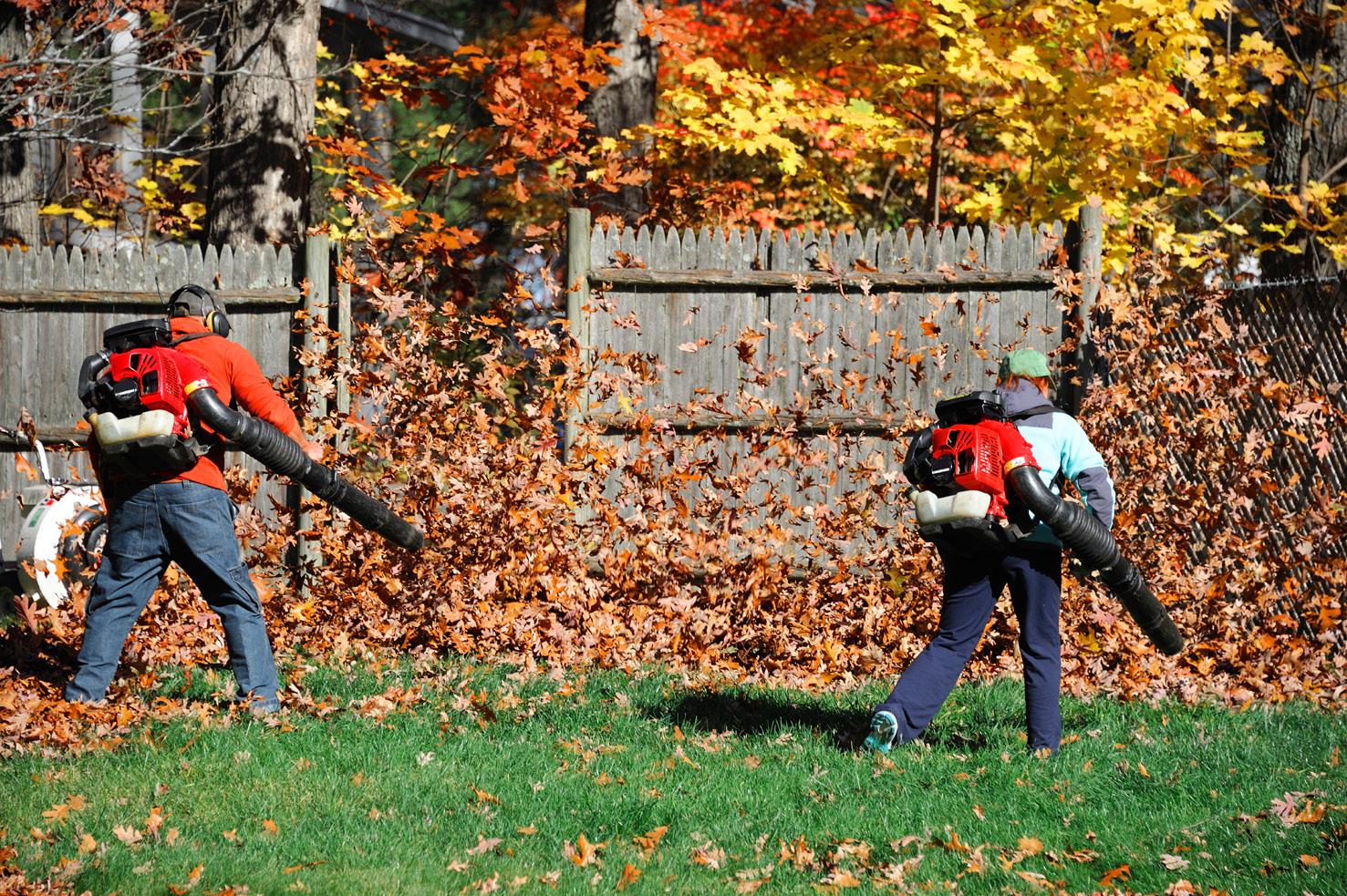
Your margins can go up by selling to a more environmentally conscious clientele, having lower equipment maintenance and fuel costs plus the hidden bonus-less wear and tear on your employees that you depend on. Transitioning sooner rather than later to electric handhelds will do all this and more for you, your bottom line and the movement to mandate and enforce changes. Granted the switch to electric mowers is currently expensive but the handhelds are not-the takeaway here is to just start somewhere and don’t make excuses.
In closing be a planner for the future. Think of the health of your employees and that of your clients and neighbors. Remember that there are forces gathering out there that will sooner or later mandate changes-be the leader for change.
John Raffiani been installing and servicing irrigation systems since 1966-more than 16,900 to date. He has completed projects from small residential systems up to 100-acre sites (in phases)-Homes, Shopping Centers, Corporate Office Parks, Athletic Fields and Condominiums in New Jersey, New York, Massachusetts, Florida, Arizona and California.
He is a Licensed Irrigation Contractor in NJ, an IA Certified Irrigation Contractor, an IA Certified Irrigation Technician, a Certified Back Flow tester, an NDS Certified Drainage Contractor, a Rutgers Certified Fertilizer Applicator and an IA Authorized Regional Instructor. He has written and taught many Continuing Education Credit courses and Webinars for the National IA, the NJ Irrigation Association, the NJLCA, the MNLA and the CICA. He is an active member of the IANJ, IA, NJLCA, NJTA and NEWWA.
www.NJLCA.org 57
Husqvarna 550iBTX Battery-Powered Leaf Blower

2021 NJLCA SERVICE PROJECT: LYNDHURST 9/11 MEMORIAL
Volunteers and Donors
Al D. Landscaping & Tree
B & B Organic Recycling
Bergen Community College
Braen Supply
Cambridge Pavers
DeBucks Sod Farm of NY
Exclusive Stoneworks
Franks Truck Center
Horizon Landscape Co.
New Jersey Deer Control
R & J Land Care
SiteOne Landscape Supply
Stellato Funeral Home
Stonehouse Nursery
Yellow Wagon Landscaping
Each year, the New Jersey Landscape Contractors Association (NJLCA) try to give back to our communities by performing a service project. Generally, the project is aimed at helping schools, nonprofits and/or for causes close to our hearts.
This year, the 20th anniversary of the tragedy that occurred on 9/11 and changed our country forever, we agreed to take on a project brought to the association by Board Members Richard Andreu and Shawn Kukol, who run the Service Project Committee. The Township of Lyndhurst, at the time of the attacks on the World Trade Center and the Pentagon, immediately erected a small monument to honor those lost on 9/11 It was a brick podium inscribed with the names of the victims from the township and depicting the twin towers on the front of the memorial. For the 20th anniversary, Rich, a resident of Lyndhurst and town leadership felt it time to rejuvenate and update the memorial and make the entire area adjacent to the ambulance corps a 9/11 memorial park.

Spring/Summer 2021 58
Fall 2021
Original concept design by Richard Andreu, Exclusive Stoneworks
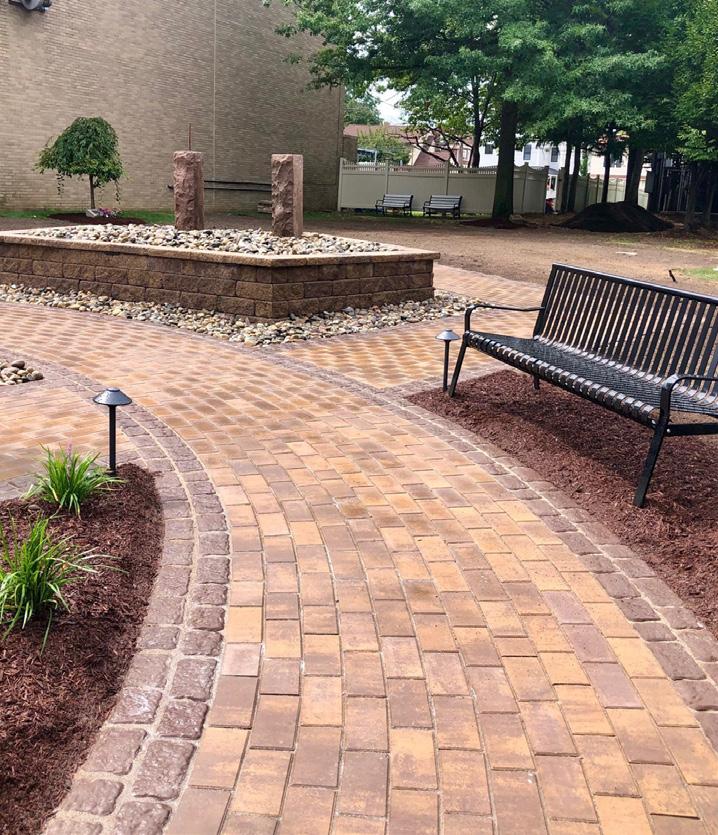
The design, dreamt up by Rich, includes a pentagon shaped seating wall, which surrounds two pieces of reclaimed stone representing the twin towers. There are paver walkways throughout the park, along with plantings, accent lighting, a grassy area and several gorgeous trees. The project took three days, and we installed over 1200 sf of Cambridge Pavingstones, about 50 lf of segmental retaining wall, two 300 lb. reclaimed stones, 3300 sf of sod, three flowering cherry trees, many yards of mulch and river rock, a dozen or so boxwoods and over 50 perennials. Low-voltage outdoor lighting was also installed to highlight the project and irrigation to keep everything healthy! The estimated value of the 9/11 memorial we installed in Lyndhurst was over $75,000.
The Township was an immense help, running to get extra materials and arranging for lunch and refreshments each day (seriously, if you’re ever in Lyndhurst, you must visit Michaels Salumeria, Michaels Riverside and Villa Italia…all excellent food!) Richard Andreu (Exclusive Stoneworks) and Shawn Kukol (Horizon Landscapes) oversaw the entire project and worked as hard as anyone! Employees from Exclusive Stoneworks, Horizon Landscape, R & J Land Care, Al D. Landscaping and Yellow Wagon Landscape worked hard to complete the project.
Cambridge Pavers donated the pavers and wallstone, along with SiteOne, who also donated plant material and lighting. DeBuck’s Sod Farm donated the sod and B & B Organic Recycling donated hardwood




mulch. Franks Truck Center provided breakfast each day and Braen Supply donated base materials for the paver walkways. Stonehouse Nursery also provided poly sand and mulch. Stellato Funeral Home donated the engraved monument with the names of those residents lost on 9/11. New Jersey Deer Control will also provide a year of service at no charge.
Each year it amazes me how so many people and companies come together to create these beautiful and meaningful projects. Thanks to the hard work and donations of our members, we are able to provide these service projects to our communities and make them a better, more beautiful world. We’re able to highlight the talents and generosity of our members and we are all able to feel great about donating services to our friends and neighbors throughout the State of New Jersey.

59


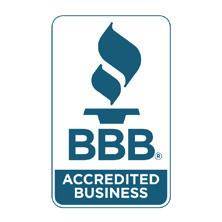




Contractors Welcome 174 Sedore Ave. Fairview, NJ 07022 Bulk & Bag Mulch and Topsoil Pickup or Delivery Grass Seed, Fertilizer, Hand Tools and Accessories Complete Tree Service • Trimming • Pruning • Trees • Shrubs • Fertilizing • Stump Removal • Land Clearing • Storm Damage Rubbish and Debris Removal • Seasoned Firewood Our family has been serving the community for over 100 years! No job is too small, we offer competitive rates Fully Insured • Year-Round Service • Free Estimates Albert DeMuro - CLT, LTCO #129 Brian DeMuro - CLT, LTCO #633 God Bless America! (201) 945-0069 Al D Landscaping Tree Service and Garden Supply Stop www.aldlandscapingandtreeservice.com facebook.com/aldlandscapingandtreeservice Registered with the NJ Department of Consumer Affairs #13VH00121800 and the New Jersey Board of Tree Experts #NJTC768014















 Richard Goldstein, President
Richard Goldstein, President



























































 by Brian A. Oleksak, The County College of Morris
by Brian A. Oleksak, The County College of Morris









































 by Greg Carpenter, CLT, American Beauty Landscape
by Greg Carpenter, CLT, American Beauty Landscape






























































 by Nick Tristani, Aquarius Supply
by Nick Tristani, Aquarius Supply




















































